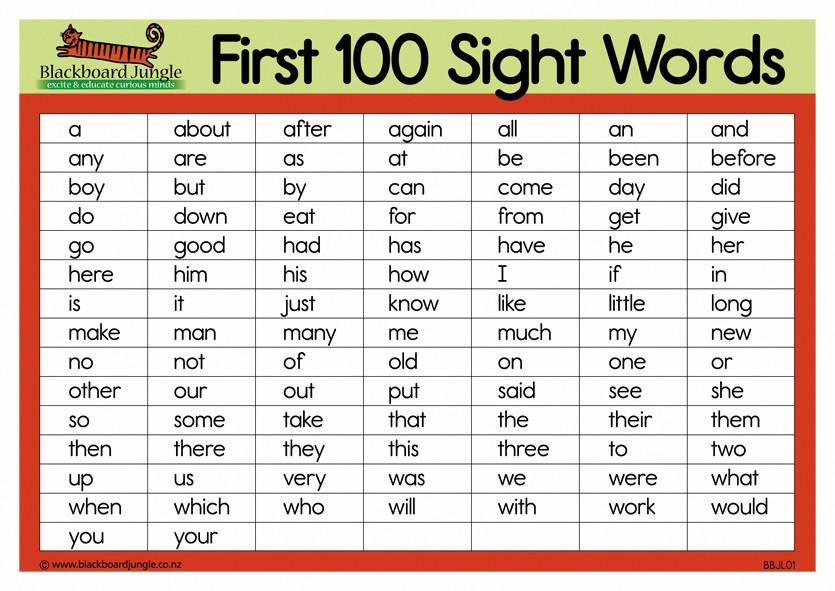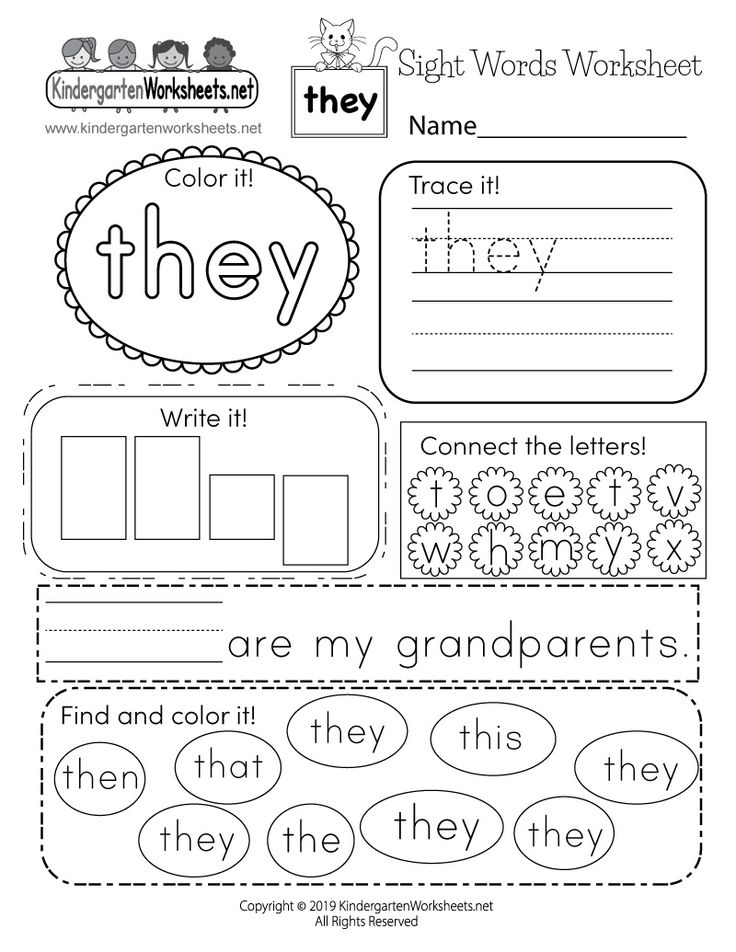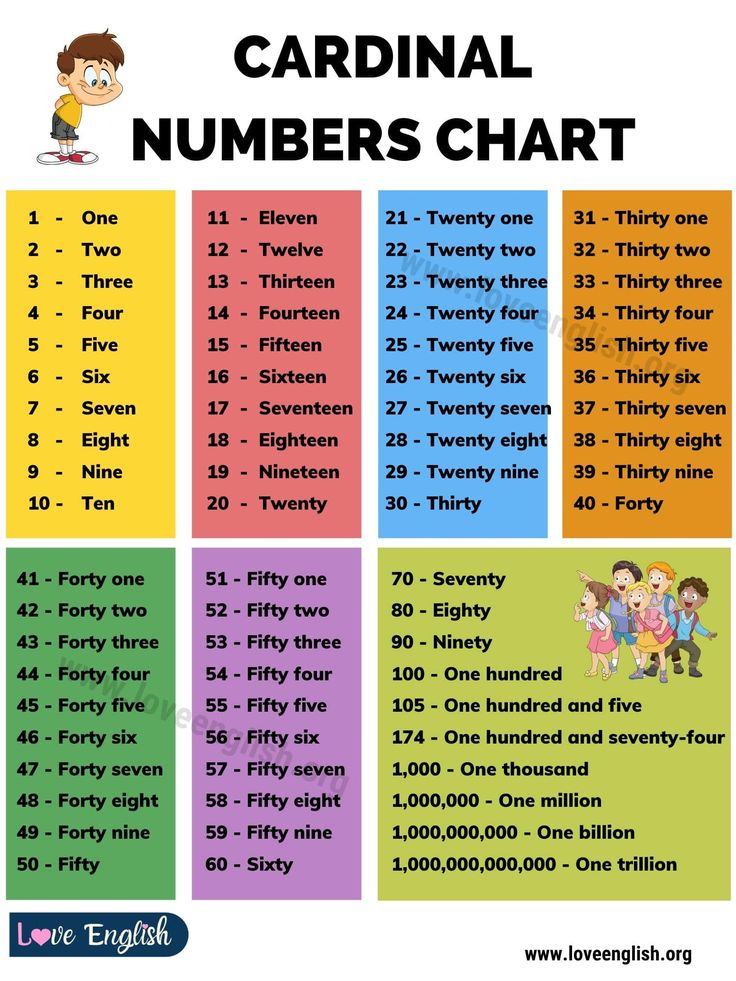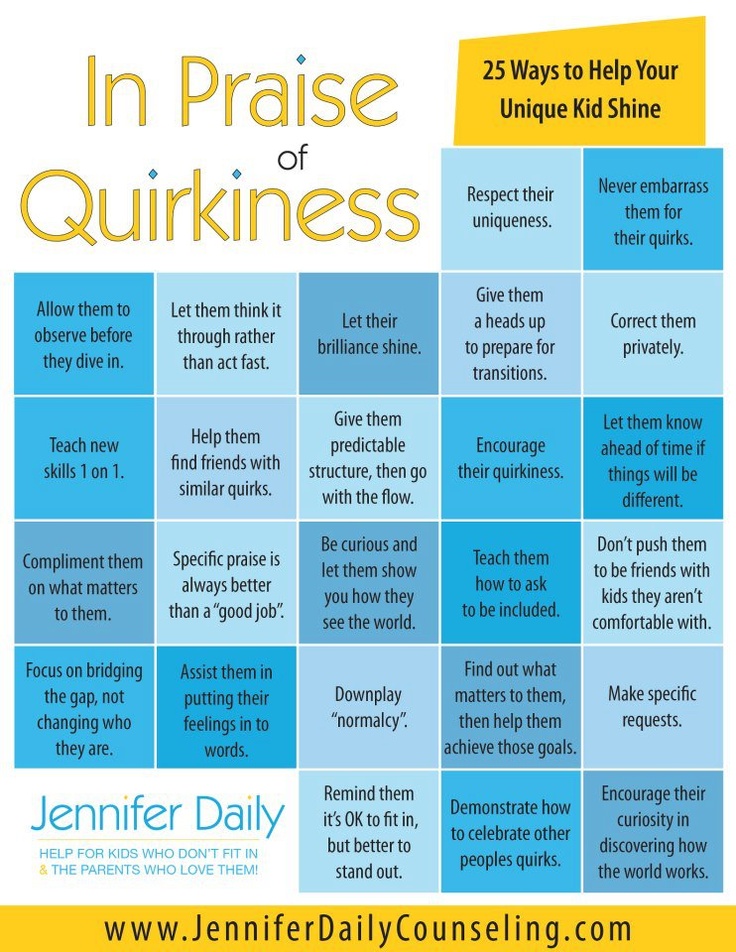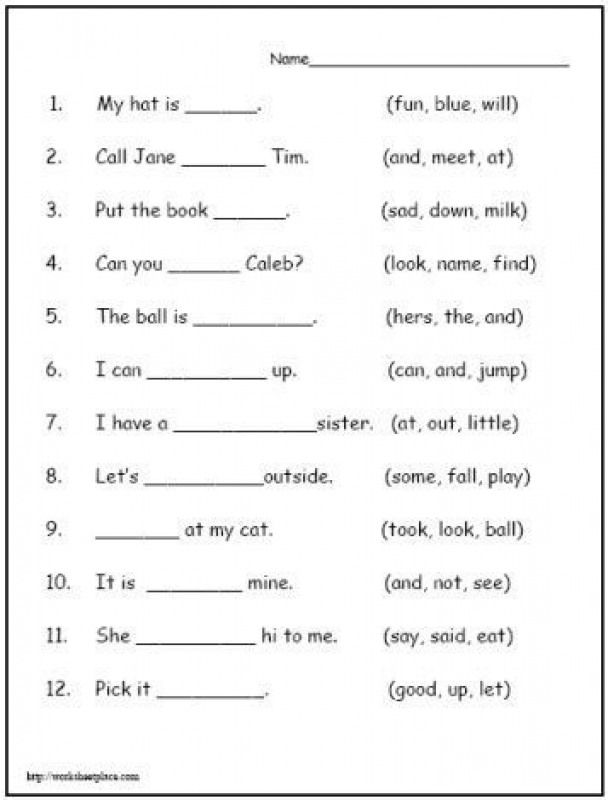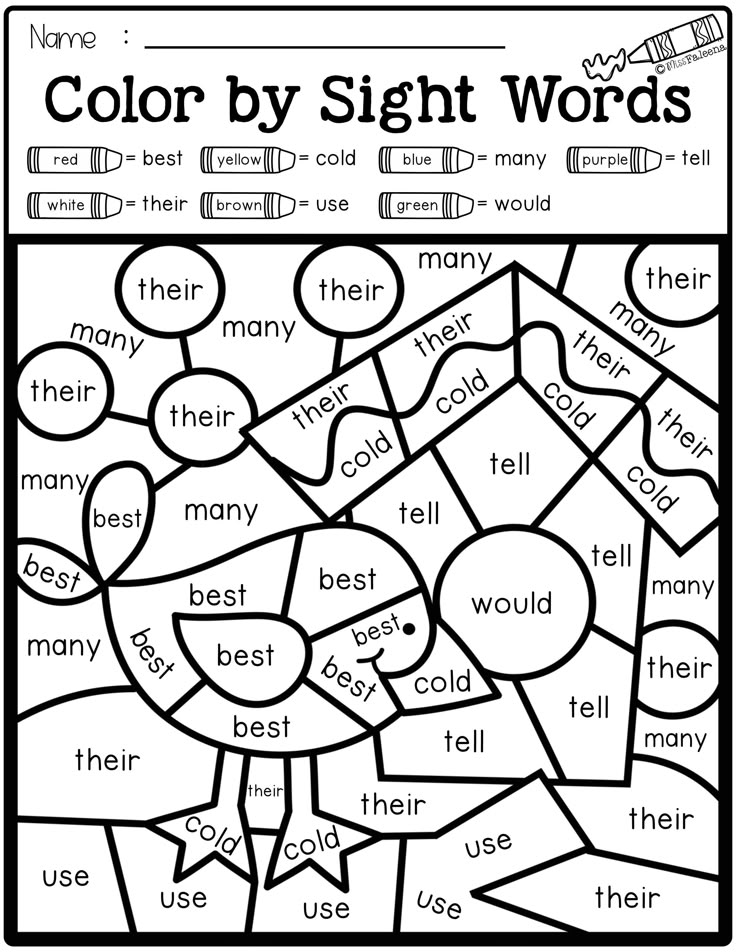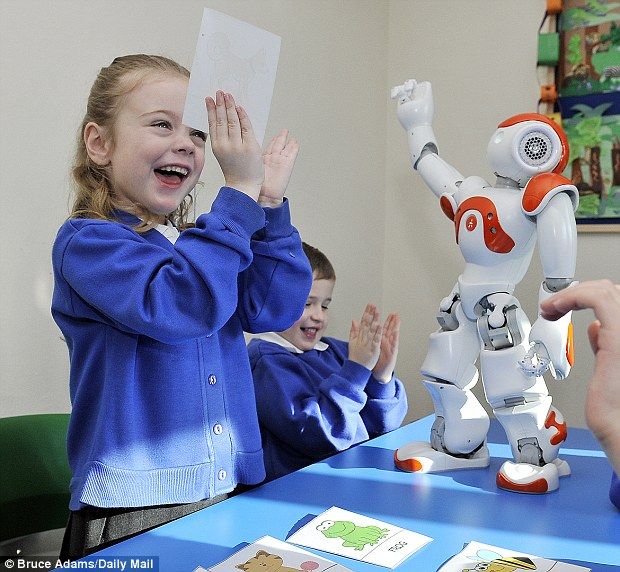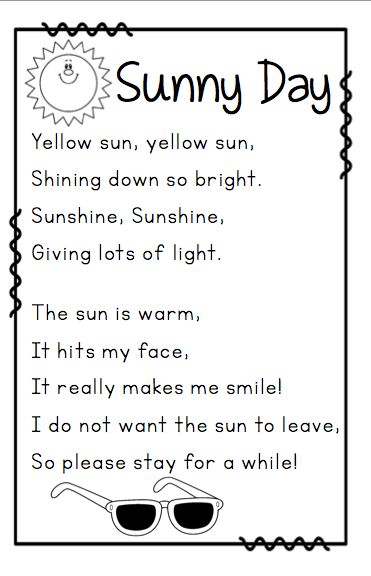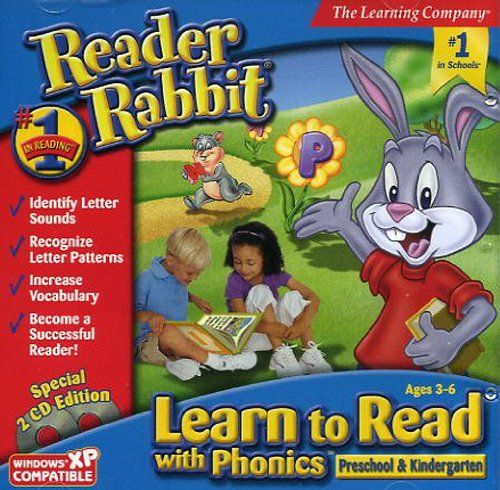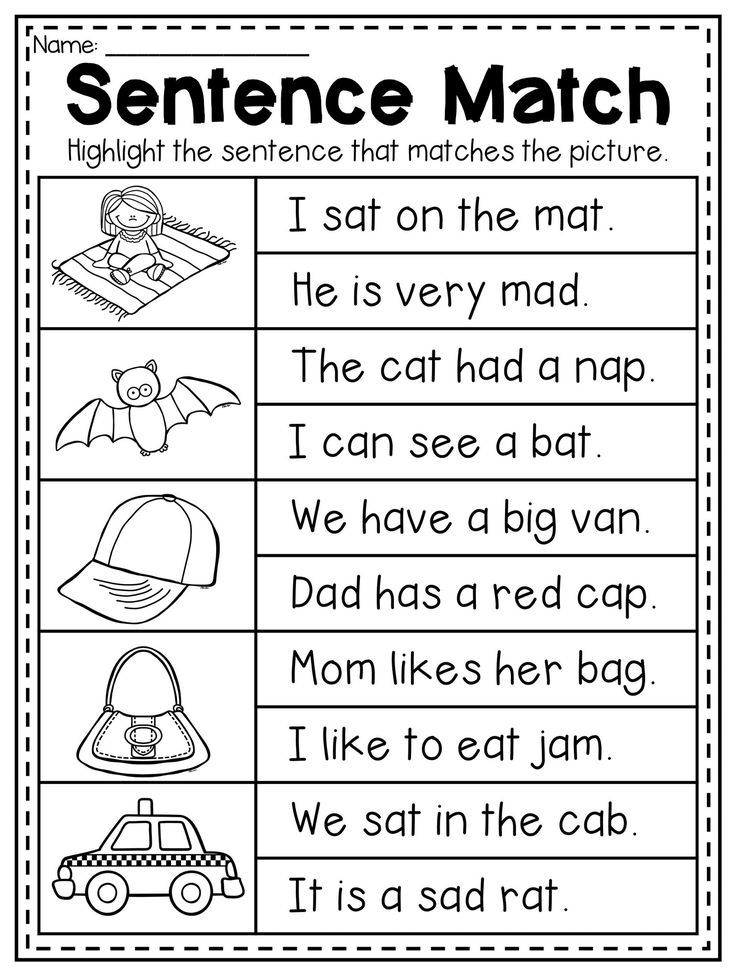Teach words to kids
How to Help Your Child Learn New Words
By Brittany Da Silva
Clinical Program Assistant, The Hanen Centre
Does the number of words a toddler says really matter in the long run?
Yes, it does! Research shows that the words a young child uses – her vocabulary – is related to later school success [1]. In fact, having a large vocabulary at two years of age predicts a child’s achievement at kindergarten entry in the following areas:
- Reading
- Math
- Behaviour
Better behaviour, reading and math skills at kindergarten entry have been shown to have a lasting impact on children’s school and life success. So, having a large vocabulary at a young age is important!
Children develop their vocabulary and communication skills at different rates. If your child has not achieved the skills listed in the chart below, or if you’re feeling concerned, we recommend that you contact a speech-language pathologist to get an assessment.
| Age: | Children should say: | Children should also: |
|---|---|---|
| By their first birthday | a few words |
|
| By 18 months | at least 24 words |
|
| By two years | at least 100 words |
|
[2,3]
Regardless of whether a child has a language delay, if you use Hanen strategies, you can help boost her vocabulary!
You can help your child learn to say new words through your everyday interactions using the following practical strategies that are grouped based on your child’s stage of communication:
- The first three strategies are excellent to use with all young children (from infancy into their school-aged years)
- The next strategies are great to use with children who are starting to understand and say some words
- The last couple of strategies are best for children who are talking in phrases and sentences
Strategies to Use with All Young Children
Observe, Wait and Listen (OWL)
- Observe what your child is interested in – it can be helpful to get face to face with your child to see exactly what has captured her attention (e.
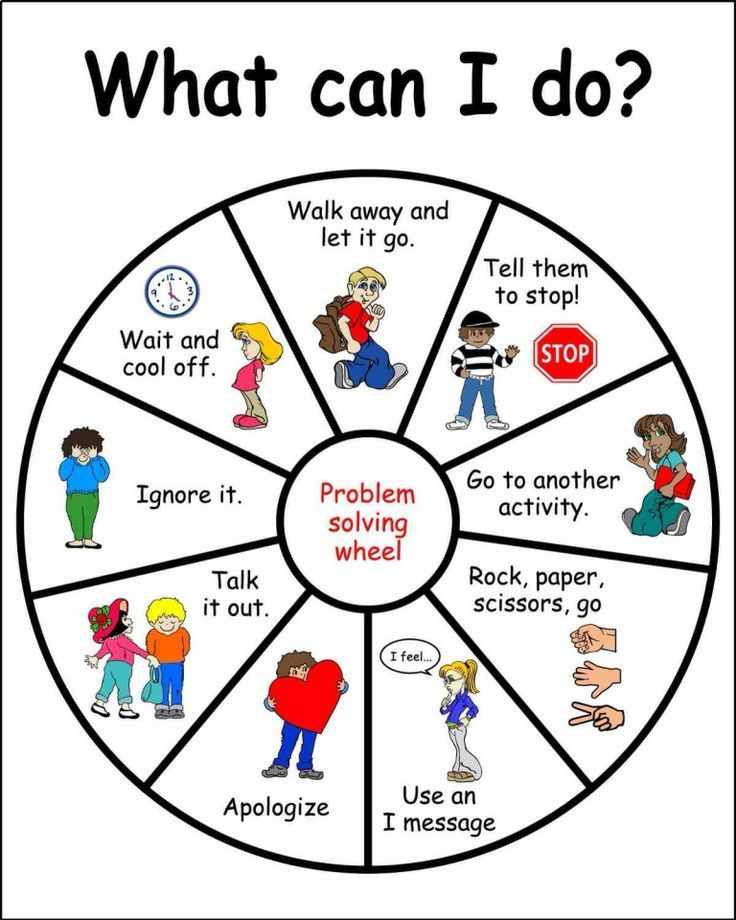 g., the playdough is stuck inside of the cookie cutter) and to show that you’re interested in what she’s doing.
g., the playdough is stuck inside of the cookie cutter) and to show that you’re interested in what she’s doing. - Wait (without talking) for your child to send you a message. Some parents find it helpful to silently count to five before talking.
- Listen for any way that your child sends you messages (e.g., she might make a sound, say a word and/or show you the cookie cutter).
When you Observe, Wait and Listen to your child’s messages, you let her start the interaction and lead it! Children are motivated to interact when you’re talking about their interests and they get to lead the interaction.
Follow your Child’s Lead
After you OWL and your child sends you a message, follow their lead by:
- Responding immediately! This shows your child that you’ve heard her message and are interested in what she said/communicated.
- Interpreting
- Making a fun comment! For example, “We made really sticky playdough!”
- Joining in and playing! ! Get some playdough for yourself and play like a child would.
 There’s no right or wrong way to play, as long as you’re having fun together! Join in and play the way your child is playing (not the way you think she should play)! What often works really well is to follow your child’s lead by imitating her.
There’s no right or wrong way to play, as long as you’re having fun together! Join in and play the way your child is playing (not the way you think she should play)! What often works really well is to follow your child’s lead by imitating her. - Imitating her actions, sounds and words. For example, if your child rolls out some playdough, you can imitate her by getting another rolling pin and rolling out your playdough too.
Children love to interact with adults who follow their lead. When you follow your child’s lead, your child will want to take lots of back and forth turns interacting with you! This gives your child many opportunities to learn and say words!
Reading
Reading books with your child is a great way to build her vocabulary [4]! For infants, OWL and follow her lead when you look at books together. She might want to touch different textures in the book, open flaps, or see you make funny gestures or silly noises! For example, if you observe that your child is interested in the elephant in the book, you could pretend that your arm is an elephant trunk and make a trumpeting noise! Match what you say to what she is interested in at that moment (e.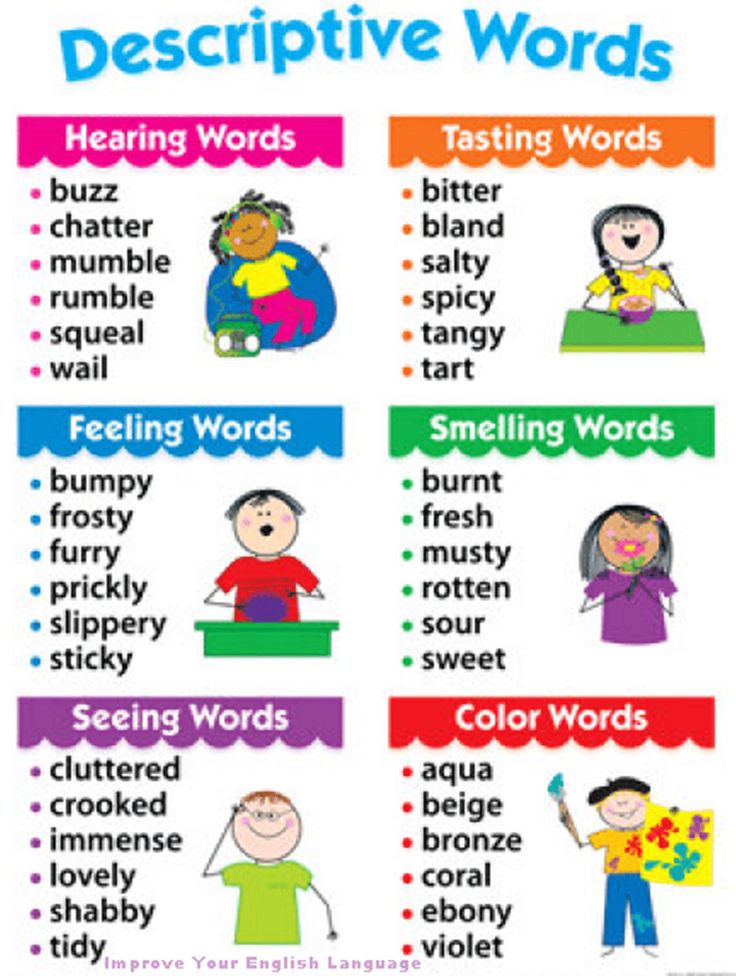 g., “I’m an elephant!”). This will make sharing books fun for you and your infant!
g., “I’m an elephant!”). This will make sharing books fun for you and your infant!
Re-reading books may feel repetitive for you, but your child learns so much from hearing those words and phrases again and again.
For children who are starting to talk, continue to OWL and follow her lead when you share books together. Repeating words and phrases in books is a great way for your child to learn and say those words and phrases! Re-reading books may feel repetitive for you, but your child learns so much from hearing those words and phrases again and again!
As your child starts to say more words and sentences, a great way to build vocabulary is to relate what’s happening in the book to your child’s life (e.g., you could point to a picture and say, “That dog is much bigger than grandma’s dog!”). Books also use unfamiliar words and have pictures to help show your child what they mean. After your child learns a new word from a book, use it at another time during the day. (For example, if you’re reading The Very Hungry Caterpillar by Eric Carle and your child learns the word cocoon, at bedtime you could say, “You look like you’re in a cocoon, just like the caterpillar was in our book. ”)
”)
Strategies to use with Children who are Starting to Talk
Actions speak louder than words
Actions, or gestures, are a great tool for helping your child learn and say words! When you use gestures, it helps your child see and understand what words mean. Using gestures won’t hold your child back from talking. In fact, gestures will help your child use spoken words and phrases sooner. Here’s how:
- Children often start using gestures before saying words (e.g., patting her tummy to show something is yummy).
- Then, children make the exciting leap to saying their first words (e.g., she might say “nana” for banana”).
- Next, children will likely start putting gestures and words together to communicate two-part messages (e.g., pats her tummy and says “nana!” to say, “yummy banana”).
- This practice with gestures helps children learn to say the whole two-part message with words (e.
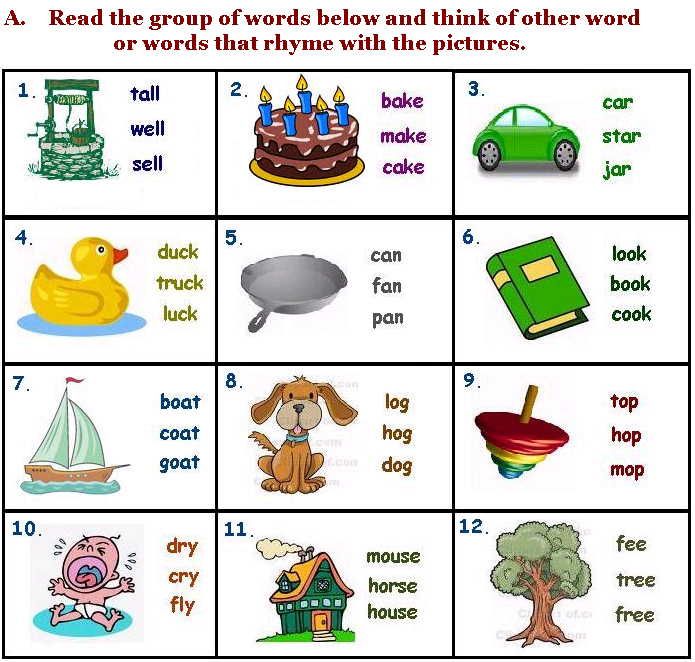 g., “yummy nana!”)[5].
g., “yummy nana!”)[5].
Repeat, repeat, repeat!
Children need to hear words many, many times before they begin to understand and eventually say them. To figure out the important words to repeat, start by OWLing to find out what your child is interested in. Let your child say or do something to send you a message and then respond with a short grammatical sentence that matches what is happening at the moment. Try to repeat words at least 3-5 times during an interaction (but not all at once). Here’s how a conversation could sound if your child is interested in dropping blocks off the table and hearing the sound they make hitting the floor:
- Child: (pushes block off the table and looks at mom)
- Mom: (responds immediately by saying a word that matches the moment) “Boom! The block went boom!”
- Child: (giggles and pushes another block off the table, and looks at mom)
- Mom: (responds immediately by commenting and repeating the word) “Boom! Another block went boom!”
- Child: (giggles and pushes another block off the table, and looks at mom)
- Mom: (waits)
- Child: “Buh”
- Mom: (interprets her child’s attempt at saying the word) “Boom!”
- Child: (giggles and pushes another block off the table, and looks at mom)
- Mom: (waits)
- Child: “Boom!”
- Mom: (responds immediately by building on what her child said) “The block made a big noise! The block went boom!”
Strategies to use with Children Who Talk in Phrases/Sentences
Use words that go beyond the here-and-now
Once your child is understanding and using lots of words and little phrases (usually at the toddler stage), you can talk about things that go beyond what is happening right now.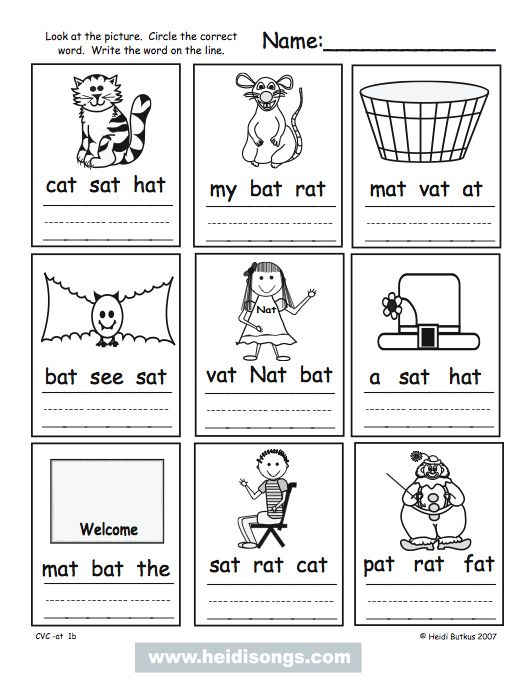 This may start with talking about:
This may start with talking about:
- Feelings (e.g., “You’re sad because grandpa went home.”)
- Past experiences that have just happened (e.g., “We saw a dog swimming in the water!”)
- Why things have happened (or solving simple problems) – these are important to talk though with your child too (e.g., “The soup is hot!” (Blow on the soup) “You can’t eat it yet because it’s too hot.”)
- Pretending or imagining together – this is a really fun way to build your child’s vocabulary and language skills (e.g., Pretend to talk on the phone while holding a block to your ear. Then hand your child the “phone” and say, “Grandma wants to say hello.”)
Don’t be afraid of using rare and unusual words!
After children learn basic words that let them talk about everyday things, expose them to unfamiliar words! Even very young children can learn rare and unusual vocabulary! Explain what the new word means and repeat it often.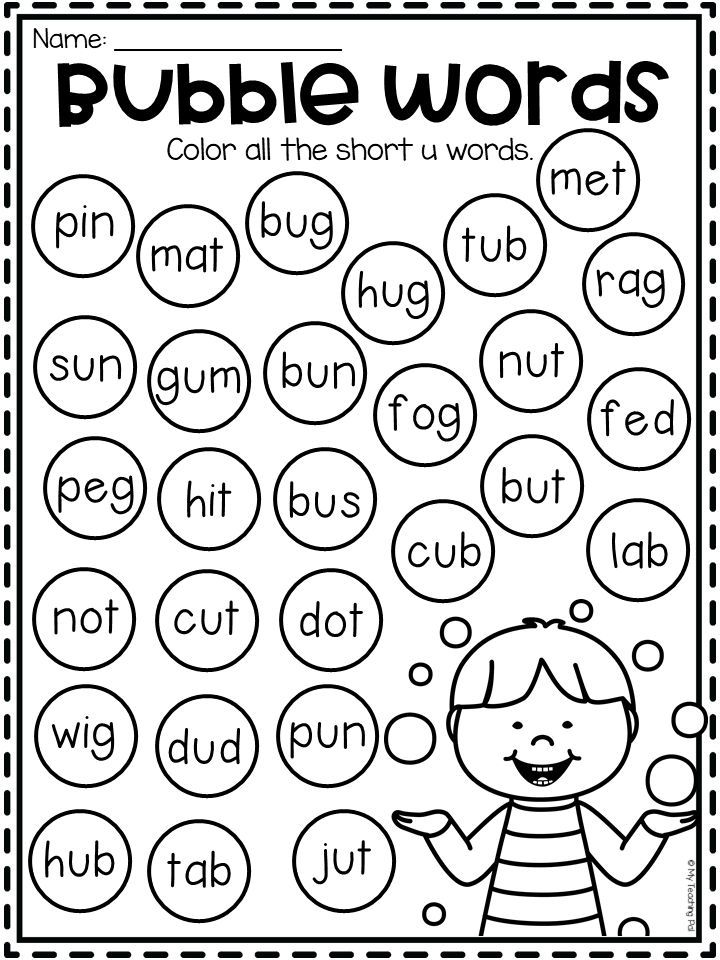 See the steps below for an example of an everyday word (Step 1), a more sophisticated word (Step 2) and a specialized word that relates to a specific area, like science (Step 3). Using sophisticated and specialized words will help your child when they get to school.
See the steps below for an example of an everyday word (Step 1), a more sophisticated word (Step 2) and a specialized word that relates to a specific area, like science (Step 3). Using sophisticated and specialized words will help your child when they get to school.
Source: [6]
To build your child’s vocabulary, the best things to remember are:
- Observe, Wait and Listen to her
- Follow her lead
- Read with her
- Use gestures
- Repeat important words often and throughout the day
- Use words that go beyond the here and now
- Use rare and unusual words
Have fun using these strategies to build your child’s vocabulary and get your child ready for school success!
These strategies are drawn from The Hanen Centre’s It Takes Two to Talk® guidebook.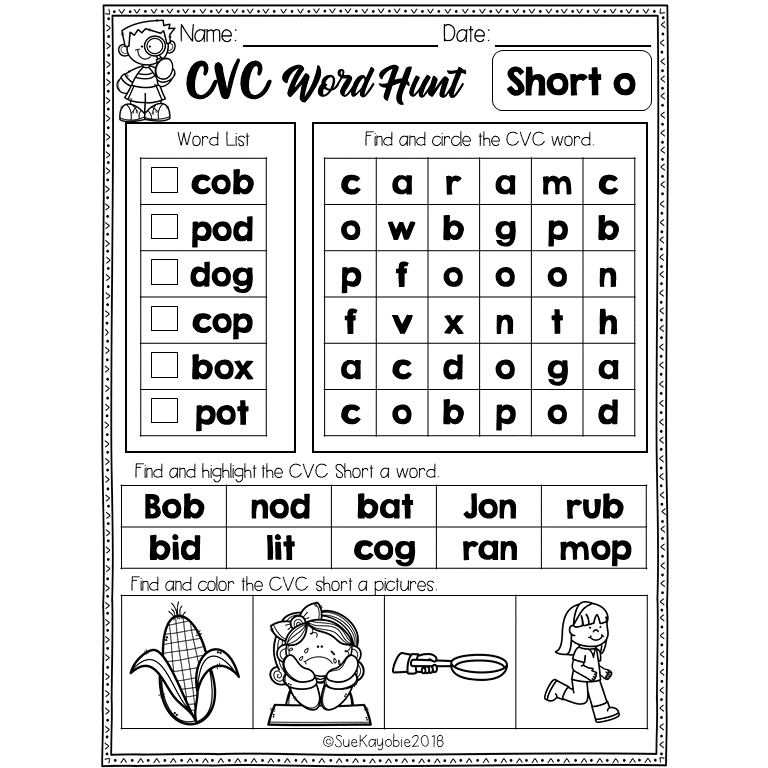 Designed specifically for parents of children with language delays, It Takes Two to Talk helps you transform any moment of your child’s life into a fun and natural opportunity to build strong language skills. The new fifth edition is now available!
Designed specifically for parents of children with language delays, It Takes Two to Talk helps you transform any moment of your child’s life into a fun and natural opportunity to build strong language skills. The new fifth edition is now available!
Find more information on building your child’s vocabulary in the 2018 Hanen Calendar – a fun and affordable tool packed with 128 strategies to help you promote conversations every day of the year.
References
- Morgan, P. L., Farkas, G., Hillemeier, M. M., Hammer, C. S. & Maczuga, S. (2015). 24-Month-Old Children with Larger Oral Vocabularies Display Greater Academic and Behavioral Functioning at Kindergarten Entry. Child Development, 86(5), 1351-1370.
- Earle, C. & Lowery, L. (2015). Target Word™ The Hanen Program® for Parents of Children Who are Late Talkers: Parent Handbook. Toronto: The Hanen Centre.
- American Speech- Language- Hearing Association (2017). How Does Your Child Hear and Talk? Retrieved from http://www.
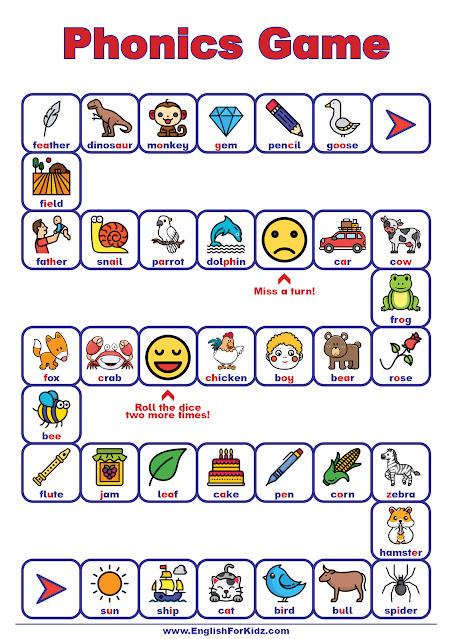 asha.org/public/speech/development/chart/
asha.org/public/speech/development/chart/ - Greenberg, J. & Weitzman, E. (2014). I’m Ready! ™ How to Prepare Your Child for Reading Success. Toronto: The Hanen Centre.
- Ozcaliskan, S. & Goldin-Meadow, S. (2005). Gesture is at the cutting edge of early language development. Cognition, 96, B101-B113.
- Weitzman, E. & Greenberg, J. (2010). ABC & Beyond™: Building Emergent Literacy in Early Childhood Settings. Toronto: The Hanen Centre.
17 Ways for Kids to Learn New Vocabulary
Fluent readers need a big vocabulary. The more words a child knows, the better reader and writer they are. (Anderson and Freebody, 1981; Graves, 1986; Stahl, 1998) (DOE, NAEP, 2011) It’s up to us as parents to help our children learn and develop a large vocabulary.
The best way to learn new words is to use them, play with them, listen to them, and apply them. While it is possible to learn new words out of context, like with flashcards, Vocabulary.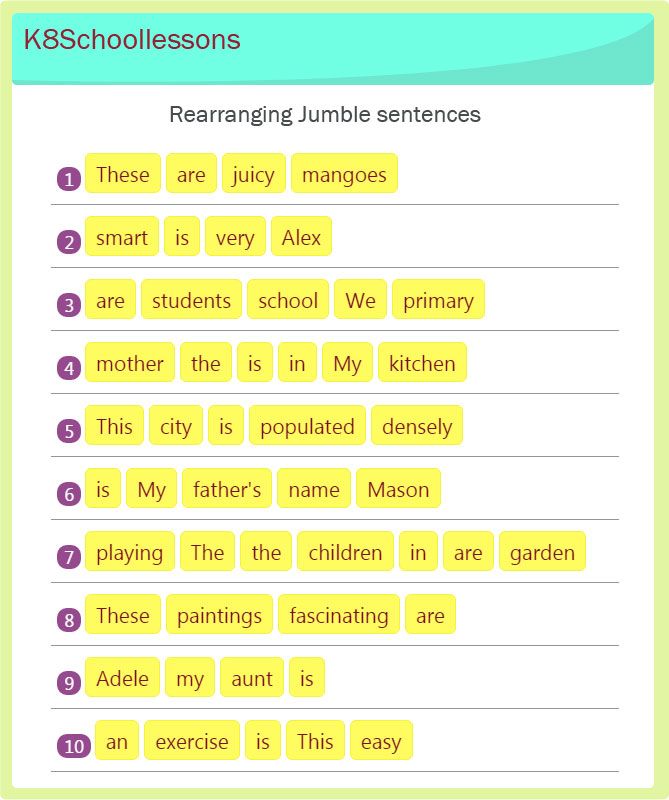 com, or word-of-the-day calendars, to actually have a word stick in a child’s memory, you need to use it. Repetition and application are essential.
com, or word-of-the-day calendars, to actually have a word stick in a child’s memory, you need to use it. Repetition and application are essential.
What can you do to help expose your children to new words–and then use those words? Here are some activities to try.
1. Expose your child to vocabulary words — talking, singing, listening!
2. Have conversations.
Talk to your children using a rich vocabulary. Explain words. Listen and respond to children’s dialogue with new words and related information. (This is often called “Motherese” — it’s when kids say something in kid talk such as “me want ma” and the parent responds with, “yes, you want more milk, don’t you? You are still thirsty.”)
According to a study by Meredith Rowe in 2012:
- Children under the age of two benefit from exposure to lots of words.
- Two- and three- year olds benefit from hearing a variety of sophisticated words.

- Preschoolers benefit from conversations about past and future events as well as explanations.
3. Provide experiences.
Parents make new experiences (and familiar ones) rich with learning when pointing out new things and talking with kids. Introducing new words helps kids acquire vocabulary.
4. Read aloud stories.
Reading to children is one of the most beneficial activities you can do for their literacy skills. Find read aloud book lists for grades 1 to 8.
5. Invent your own stories.
6. Read.
The more your child reads, the more words they learn. Find book lists by age.
7. Read a variety of genres.
We learn a depth of vocabulary by reading fantasy, mystery, sci-fi, nonfiction, poetry, and more.
8. Write.
Practice the words you’ve learned by using them in writing.
9. Sing.
I’ve learned so many Spanish words by singing along to popular songs. Kids will also learn words in their own language by singing.
Kids will also learn words in their own language by singing.
10. Pretend Play.
You can support vocabulary acquisition by introducing play specific words to children. If you’re playing doctor, teach the word stethoscope, for example.
11. Word Play.
Children 2 – 5 Years Old:
I Spy with word clues (“I spy something that starts with t-“), I Spy things that start with B (great for the car), or rhyming words (“I spy something that rhymes with dock.”)
Children 6+:
Mad Libs, Haikubes, Going Camping game (“I’m going camping and I’m going to bring an alligator . . . “), telling jokes, WordARound, Scrabble, Bubble Talk, Sight Word Games, Boggle, Bananagrams, Yamodo, Blurt.
12. Word Collections.
13. Make Inferences.
When you’re reading and find an unknown word, help kids figure out what it means by using the context clues. I usually ask kids to substitute another word to see if it makes sense in the context of the sentence.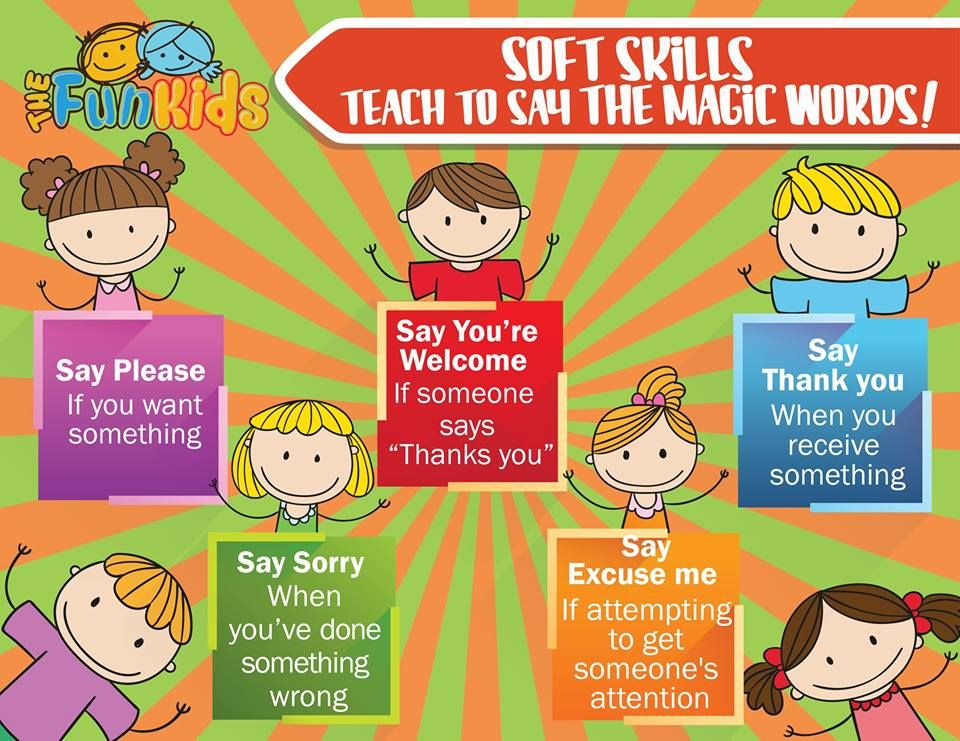
14. Share Cool Words.
Pick a word from your reading that you think other people in your family don’t know. Share what it is, the meaning, and use it in a sentence. Act it out if you can.
15. Do Word Puzzles.
Do crossword puzzles, Jumble, cryptograms, word searches, and play Word Games.
16. Play Vocabulary Games.
17. Word Scavenger Hunt.
Print out this indoor word scavenger hunt and look for favorite and new words
You Might Also Like:
Lemony Snicket’s 13 Words
How to Improve Your Vocabulary
Word Play with Kids – Inventing Words
Easy Found Poetry with Magazines
Follow Melissa Taylor’s board Writing Activities for Kids on Pinterest.
How to teach a child to speak - Lifehacker
June 18, 2019 Likbez Tips
It is necessary to talk with a baby from the first days of life.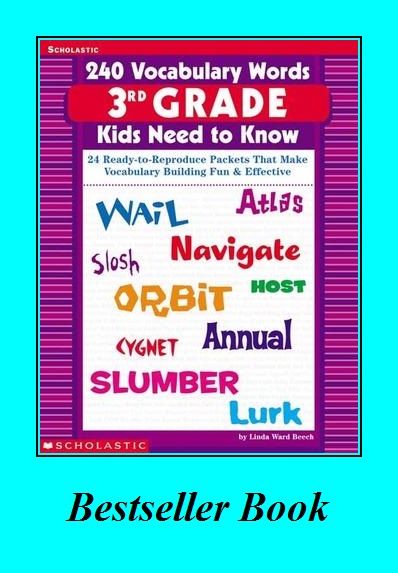
Why seizing the moment is important
Children develop language skills much earlier than many parents realize. A month before birth, a child can already distinguish between different languages by rhythm. And fundamental knowledge about the structure, melody and intonations of native speech is laid in the first months of life.
By talking to your child, you are not just shaking the air, but building the foundation for his success in the future. Children with whom their parents did not talk much, by the age of two, may lag behind their peers in development by about six months. The more words a baby hears in the first three years of life, the higher his IQ and chances of getting good grades in school will be.
Conclusion: talk to the child as often as possible, even if he is not yet able to answer. Actively get involved in his language education, taking into account age characteristics. And remember: the Internet, YouTube videos, and even scientific TV programs cannot replace human interaction.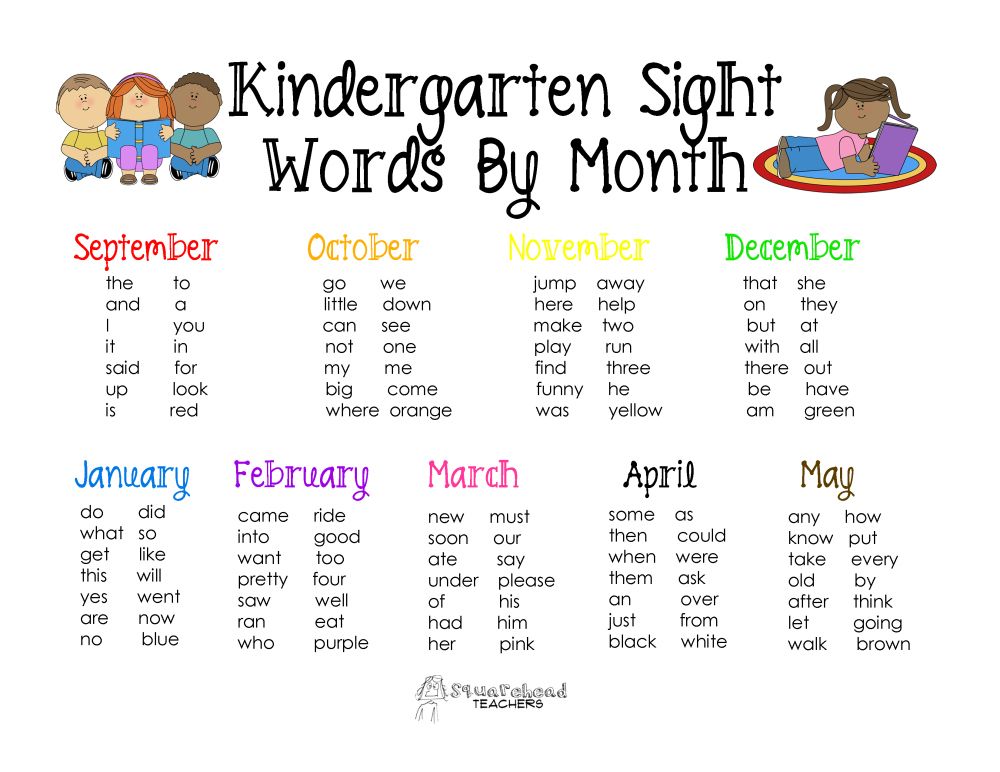
How to teach a child to speak from birth to 3 months
What a child learns
- Recognize sounds and associate them with certain lip movements. Barely born, the baby already knows how to recognize the voice of the mother. The child begins to listen to the surrounding ocean of unfamiliar sounds and learns to extract meaning from it.
- Walk and coo. Various combinations of vowels "a", "y", "s" and consonants "g" and "m" are the first things parents hear from a baby, except for crying, screaming and groaning. Usually, babies are drawn to talking when they are full and happy with life. Agukaya, babies, among other things, develop facial muscles that will later help them produce more complex sounds.
How you can help
- Sing, tell rhymes and sayings. Moreover, it is possible even before birth: the child begins to hear already at the 16th week of intrauterine development. So it will be easier for a new person to understand the rhythm of the language.
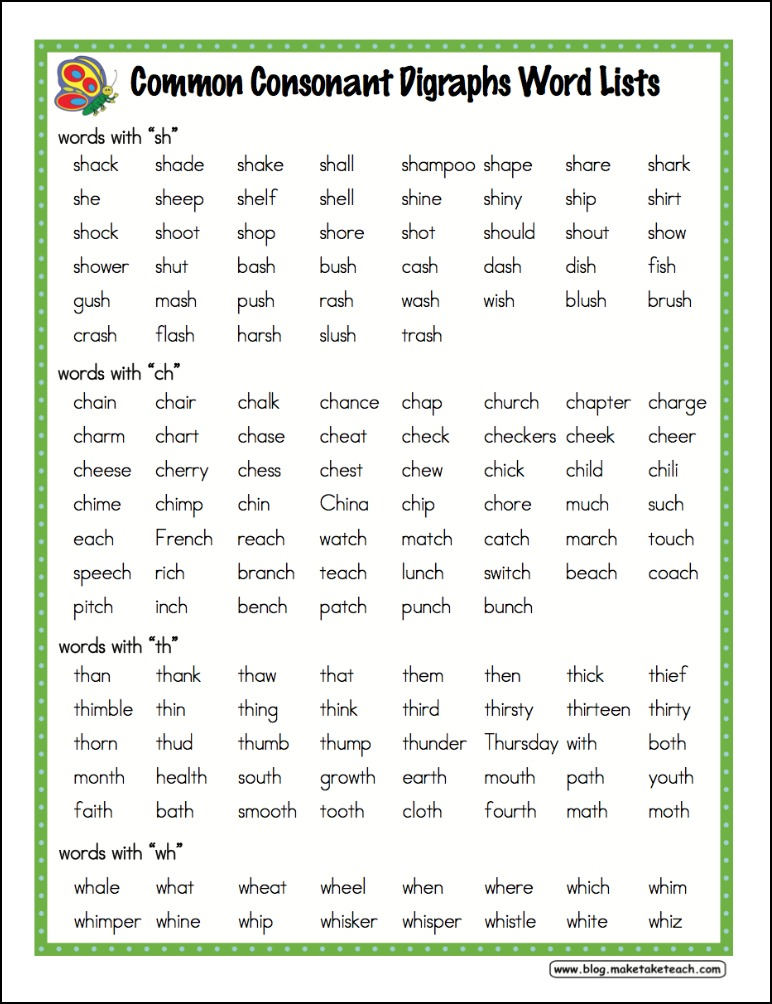
- Speak softly and melodiously. Adults intuitively communicate with the baby in a more subtle and melodious voice, stretching the vowels. And it is right. Various studies show that this style attracts babies, helps them learn the language and develop social skills.
- Be quiet. Toddlers need time to play with their voice and not be distracted by TV sound, music, and other noises.
When to worry
If after three months the child is still not cooing, it makes sense to consult a pediatrician, neurologist and ENT specialist.
How to teach a child to speak from 3 to 6 months
What a child learns
- Respond to your name. By six months, most babies know their names. In addition, they respond to some familiar words like "mom" and "dad."
- Recognize intonation. The kid sensitively reacts to how he is addressed - he smiles in response to a gentle voice and may cry when he hears a rude tone.
- Imitate the speech of adults.
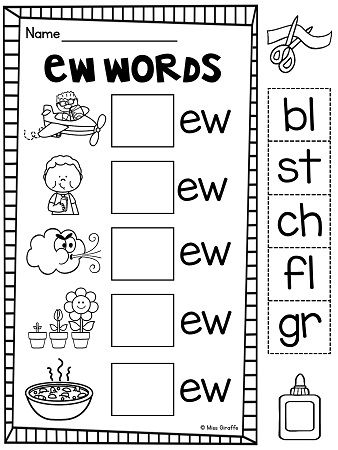 The baby adopts the tone, rhythm and pace of the speech that he hears.
The baby adopts the tone, rhythm and pace of the speech that he hears. - Build more complex chains of sounds. This is no longer a monosyllabic coo, but the overflow of vowels, which speech therapists call a flute.
How you can help
- Play Who's This? Bring the baby to the mirror and ask: "Who is this?" Then say the child's name.
- Master the art of talking to children. In English, there is the concept of baby talk - a conversation focused on kids. In Russian, we often call this process lisping, thereby belittling its significance. Meanwhile, by playing along with the baby, you help him learn the language faster. In the future, it will be easier for the child to learn more complex words. Here are some baby talk techniques:
- Child imitation: adults do not pronounce certain sounds.
- Replacement of pronouns with nouns. We ask: “Does Anya want to go for a walk?” instead of "Do you want to go out?".
- Simplification of words and structures to “wawa”, “dude” and “Fu, what a!”.
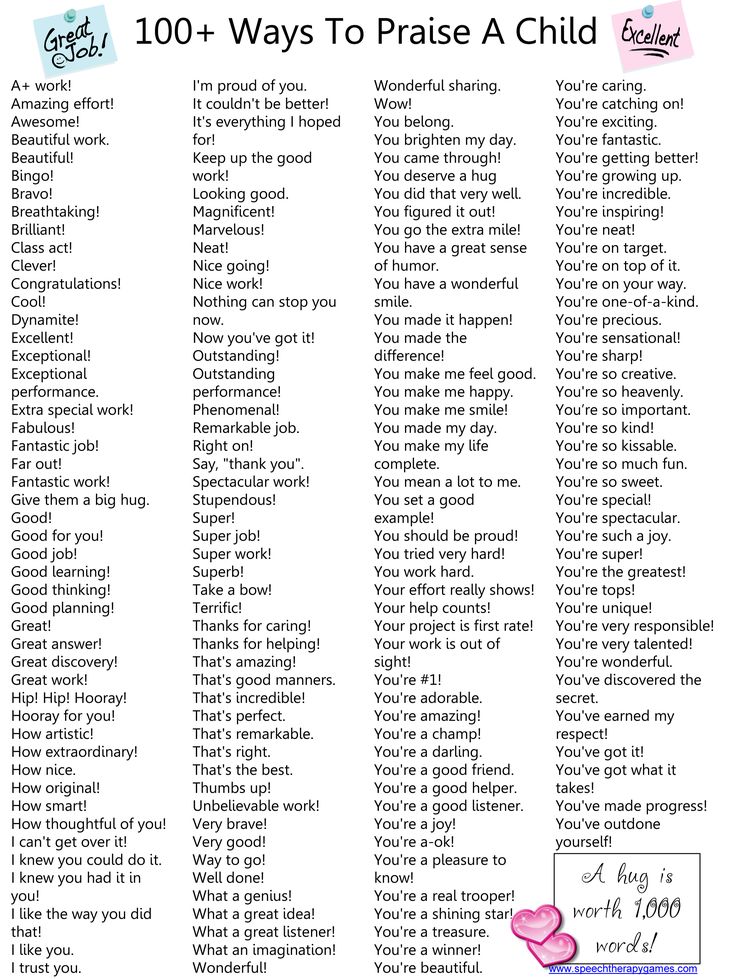
- Use of melodious intonations and diminutive suffixes.
Baby talk helps children feel parental love, comfort and safety.
When to worry
At six months, the baby does not laugh, does not pay attention to new sounds.
How to teach a child to speak from 6 to 9 months
What the child is learning
- Recognize short phrases in context. For example, he may wave his hand in response to your: “Bye-bye!”
- babble. The talker with manic persistence repeats the syllables “ba-ba-ba”, “pa-pa-pa”, “ma-ma-ma”, “da-da-da”, “ta-ta-ta”, “ka-ka -ka" and "ha-ha-ha". Some adults perceive baby talk as conscious speech, and argue which word the baby said first - “dad” or “mother”. Although he simply pleases his hearing and trains his speech apparatus.
- Express emotions. In the babbling of a baby, one can discern pleasure or, conversely, grumpy notes.
How you can help
- Play sound games.
 Repeat the syllables the child says. Say different sounds and short words yourself so that the baby can imitate you.
Repeat the syllables the child says. Say different sounds and short words yourself so that the baby can imitate you. - Show how to speak. “Work with your face” - it is important that the little one sees how you reproduce sounds. There is also such a technique: when you say something, put a child's hand to your lips so that the child feels their movement.
When to worry
The kid does not imitate the intonations of adults, does not respond to his name, mutters rarely and monotonously.
How to teach a child to speak from 9 months to a year
What a child is learning
- Understand short phrases, point to objects that you name. At this age, babies understand much more than they can say.
- Say the first meaningful words. One-year-old butuzes, as a rule, confidently say a few words, including the necessary for survival "mom", "dad", "give". Vocabulary can vary from two or three to 20 words, and 80% of them are nouns.
How you can help
- Comment on what you are doing.
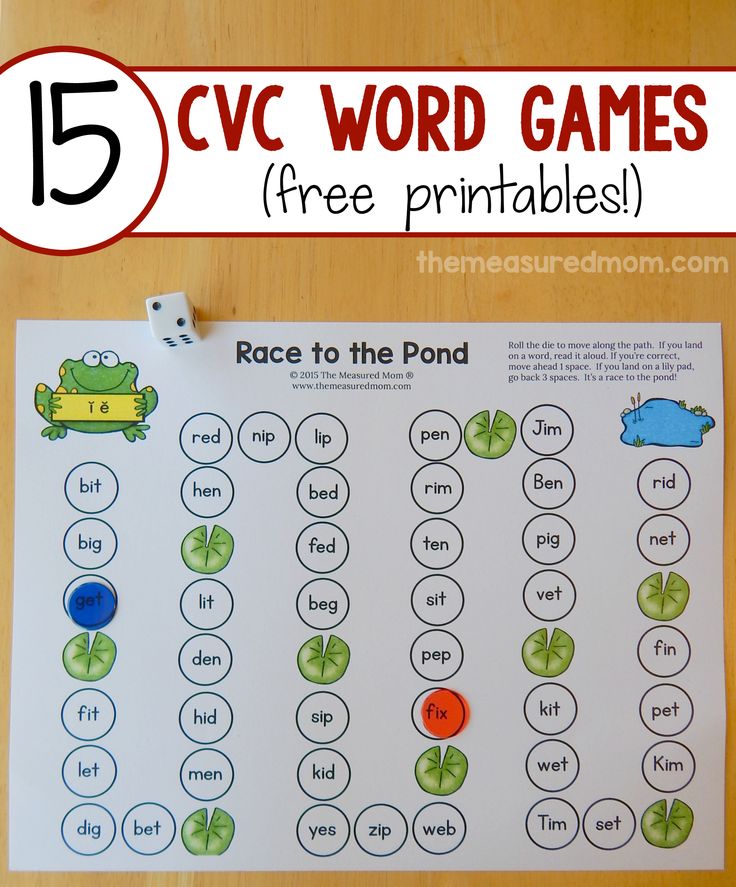 If you want the baby to quickly call you mom or dad consciously, explain to him what you are doing at the moment. “Mom drinks coffee”, “Dad goes to the store”, “Mom works”. Ideally, if your day is full of events - the more diverse the situation, the more new words the future speaker will learn.
If you want the baby to quickly call you mom or dad consciously, explain to him what you are doing at the moment. “Mom drinks coffee”, “Dad goes to the store”, “Mom works”. Ideally, if your day is full of events - the more diverse the situation, the more new words the future speaker will learn. - Tell us what and how it is called - parts of the body, objects. Say the names of relatives and friends. Complicate the phrases over time. From "Look, cat!" go to "Look, black cat!". If the child tries to repeat after you, support his efforts: name the object again and again.
- Continue to practice baby talk. When communicating with children aged nine months to one year and nine months, it is still useful to use baby words like “lyalya” and “kisya”. Stretching vowels is also recommended - for example, when you ask: "How are you?" So the baby learns to speak faster.
- Read books with large bright pictures. Name the objects and ask the child to show them in the picture.
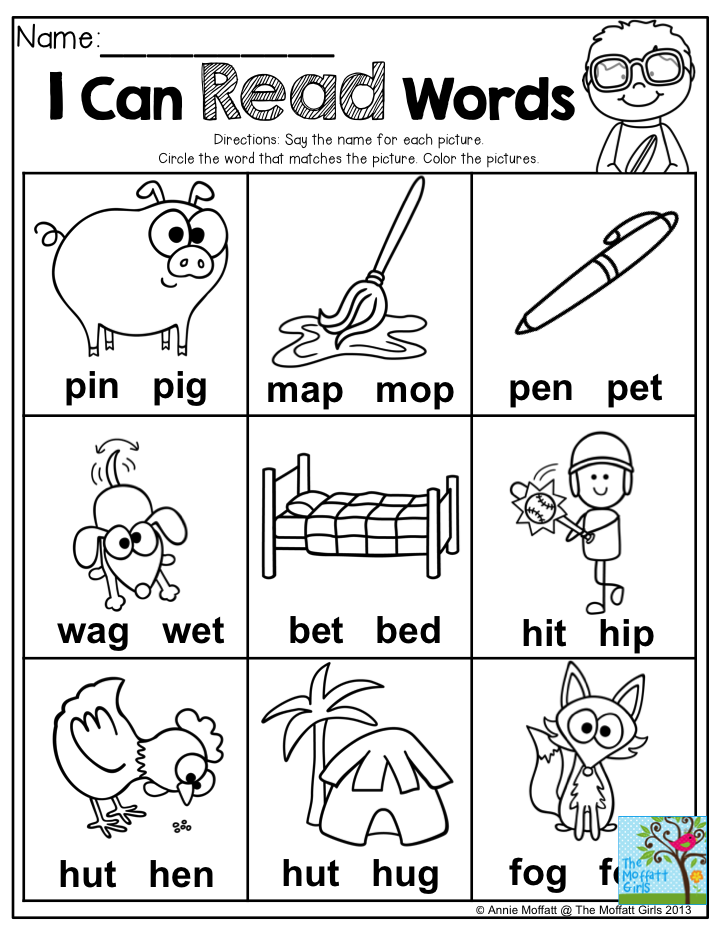
- Help develop articulation. Build faces, make faces, show your tongue - in a variety of ways provoke the baby to do exercises for the muscles of the face.
- Give up the pacifier. Babies who still suckle a pacifier after a year are more likely to have trouble articulating sounds made in the front of their mouths, like "p", "b", "t", "d", and "s".
When to worry
At the age of one to one and three months, the child still does not say "mom" and "dad", cannot point to the object in the picture.
How to teach a child to speak from one to two years old
What a child learns
- Say "No!". If the baby does not want to eat porridge, he is already able to shake his head and refuse.
- Build the first simple phrases. The child is still doing well with simplifications: “Here is uk” instead of “Here lies an onion”, “De ba?” instead of "Where and why did grandma go?".
- Memorize many new words. During this period, most children experience the so-called lexical explosion.
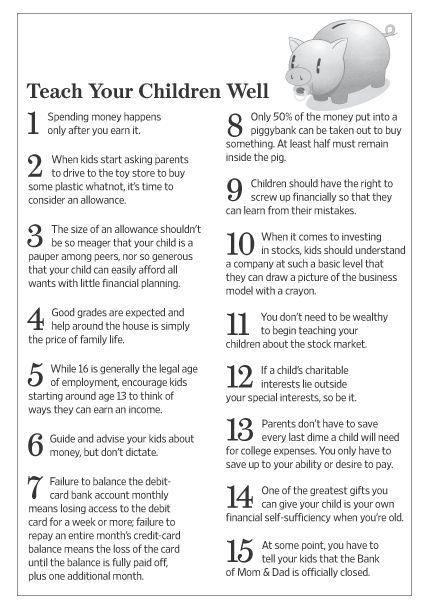 More verbs and other parts of speech appear in speech, and the vocabulary increases to 300–400 words by the age of two. But it's okay if your child starts chattering a little later - after two.
More verbs and other parts of speech appear in speech, and the vocabulary increases to 300–400 words by the age of two. But it's okay if your child starts chattering a little later - after two.
How you can help
- Use more new words and engage your baby in dialogue. Studies have shown that the more often parents communicate with a child in the period from one and a half to two years, the better his IQ and linguistic skills in adolescence. It is especially important that the baby responds to you.
- Act like you have a problem with sign language. Sometimes the baby is just too lazy to say the words. Why, if you can point a finger. Pretend you don't understand him. Ask to speak in words. At a minimum, try to build a conversation: “Do you want more tea? With sugar or without? Is it really delicious?"
- Encourage attempts to speak. Even if you really don't understand what the child is trying to say, don't give up. Offer options, ask again if you understood everything correctly.
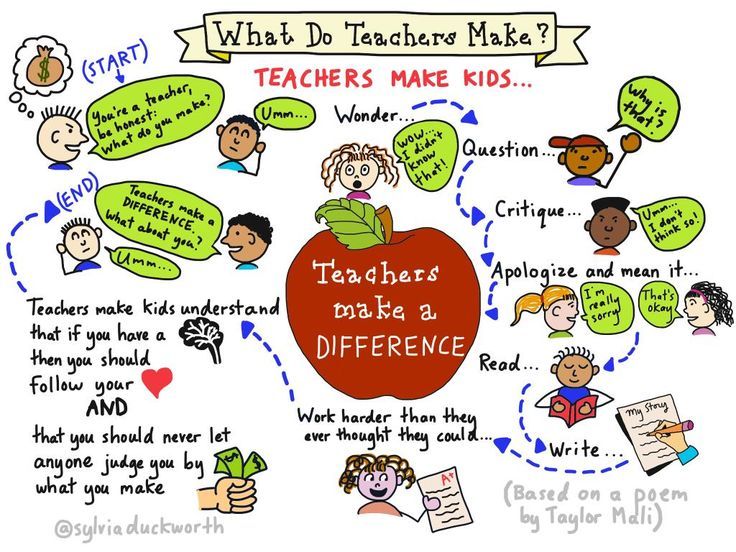 And no irritation! Only love and infinite patience.
And no irritation! Only love and infinite patience. - Ask for help. For example, let him put a cup on the table or bring you an apple.
Richard N. Aslin
professor of cognitive science, specialist in speech development and comprehension in children
New words are not easy for young children to learn. They need to coordinate more than a hundred muscles of the vocal tract. For its development it is useful to blow soap bubbles.
When to worry
At the age of one and a half, the baby does not listen to the conversations of others and does not speak conscious words.
A two-year-old cannot repeat after adults, even if the word is pronounced several times. He does not answer simple questions and prefers to communicate with gestures. This is an occasion to visit a speech therapist for the first time.
How to teach a child to speak from 2 to 3 years old
What a child is learning
- Follow the development of the plot.
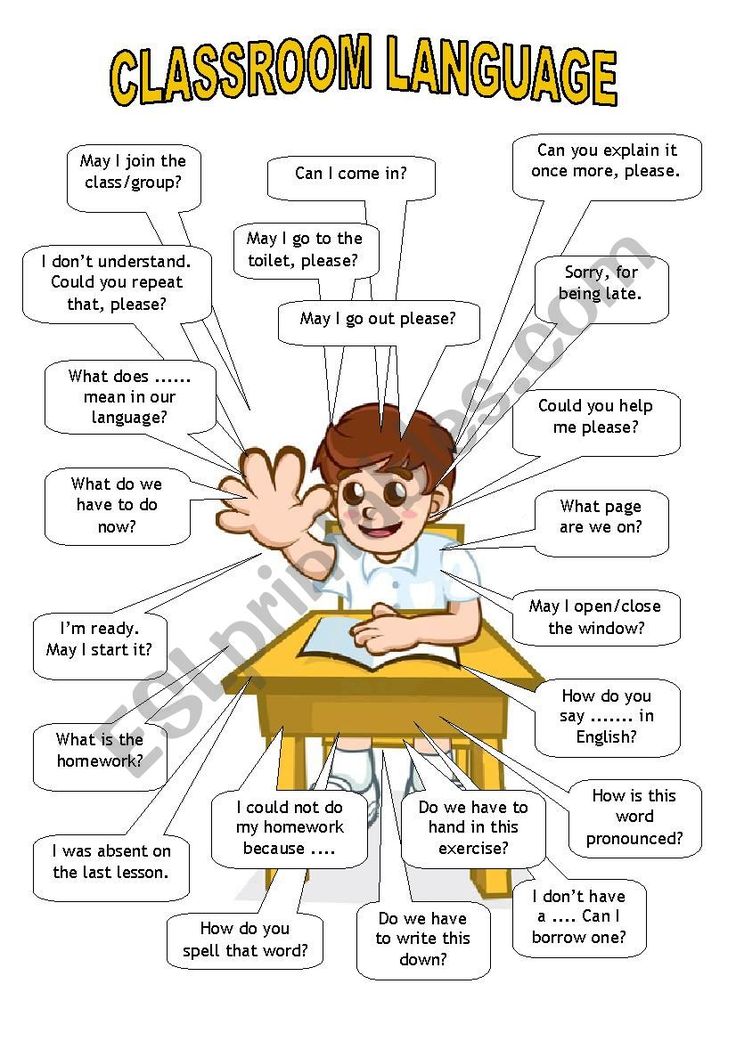 The kid is already able to perceive a story 5-10 minutes long.
The kid is already able to perceive a story 5-10 minutes long. - Use abstract concepts. He already knows what it is now, what it is like to be sad, and the more different from the less.
- Build multi-word phrases. After two years, the baby masters participles and prepositions, and a little later - unions and pronouns. By the age of three, the vocabulary reaches 250-700 words, and the length of phrases is 5-8 words.
How you can help
- Ask questions. Many and different - about the size, quantity, color, intentions. It is important that the baby could not answer in monosyllables - “yes” or “no”. “Look, what fat worms! How many are there? Where do you think they're going?"
- Use more complex sentences. Don't limit yourself to short sentences. Speech with subordinate clauses, participles and adverbs, adjectives and adverbs will help the child master the structure of the language.
Erika Hoff
professor of psychology, author of Language Development
Children cannot learn what they do not hear.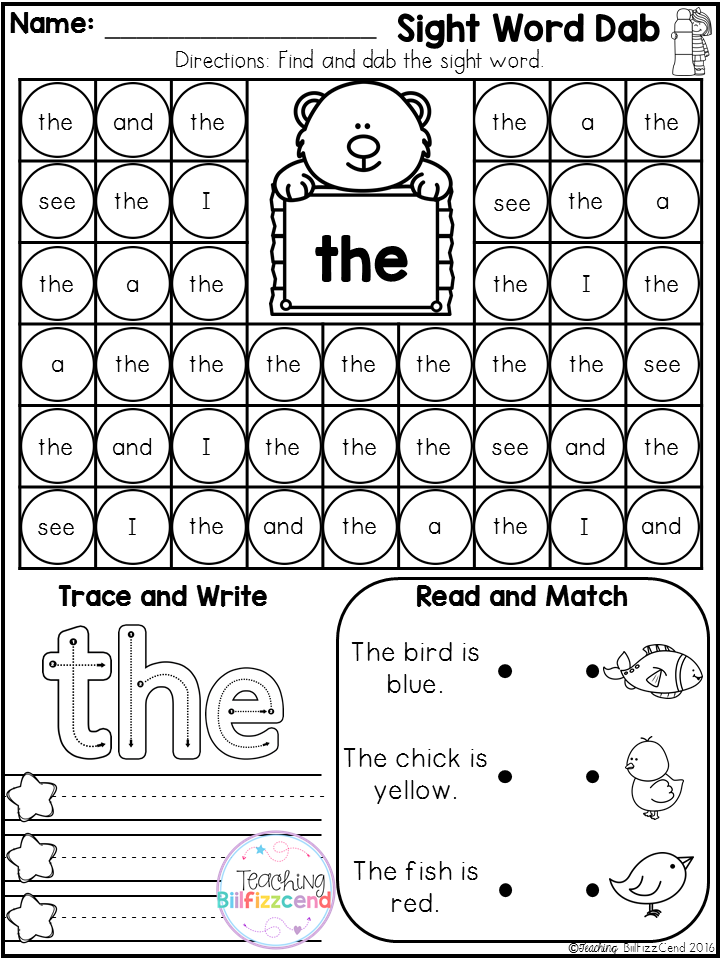
- Read every day. And talk about what you read.
- Learn children's songs. This will make it easier for your child to memorize new words. In addition, singing helps the development of the speech apparatus.
- Develop fine motor skills. The parts of the brain responsible for it and for the development of speech are very close. Working with one of them, you affect the other. Modeling from plasticine, stringing beads on a rope, mosaic - everything goes into the piggy bank of eloquence.
When to worry
At three years old, a child does not name objects, does not know the names of his closest relatives, and his vocabulary does not exceed 25 words. His speech is slurred, he does not know how to build sentences, he does not use verbs, he does not talk about himself in the first person.
Read also 👍👶👧
- How to make a developmental board for a child
- How to teach a child to count effortlessly
- How to raise a bilingual child
- How to decide whether to send your child to kindergarten
- How not to overdo it with early child development
Best offers
15 Christmas decorations for home and Christmas tree
Profitable: Braun trimmer with a 48% discount
Best deals of the week: discounts from AliExpress, Lamoda, L'Etoile and other stores
8 watch models that are not afraid of bumps
Price of the day: Nintendo Switch game console for 18,891 rubles
Basic and more: 16 discounted warm hoodies
Black Friday and other promotions: when and where you can get the necessary goods at a bargain price
Bargain: Columbia winter jacket with 24% discount
Teaching a child English from scratch 👨🏫 English for kids
English for 3-4 years old
The debate about early learning is as old as the world - there is no consensus on this exists.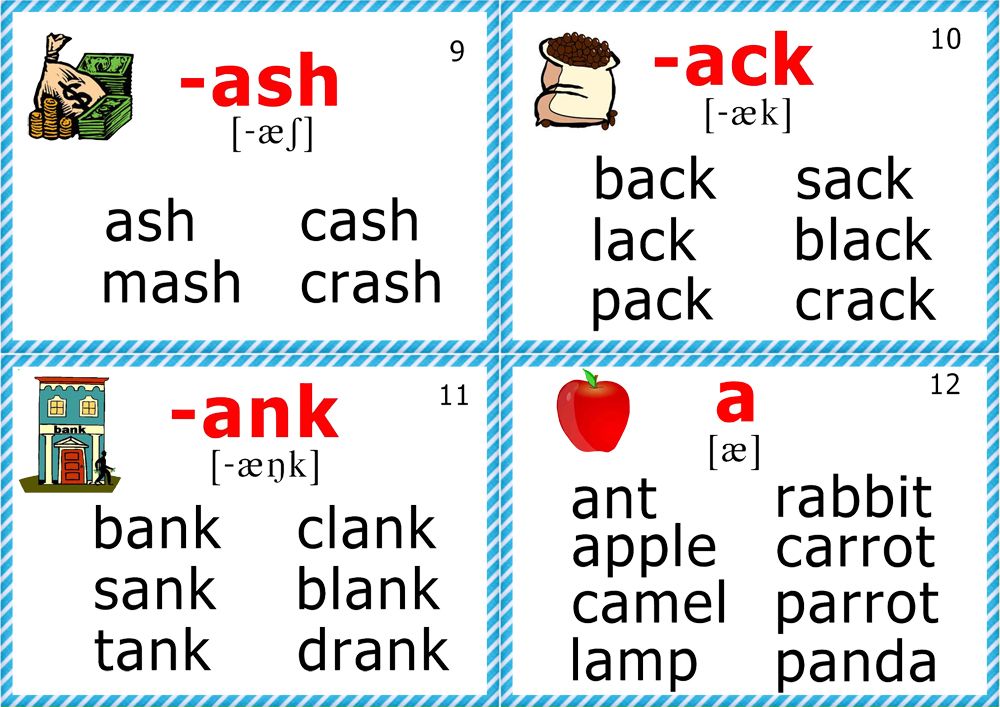 But the generally accepted "starting" age can be considered 3 years. As for the first acquaintance with foreign languages, the period from 3 to 7 years is considered the best time for this.
But the generally accepted "starting" age can be considered 3 years. As for the first acquaintance with foreign languages, the period from 3 to 7 years is considered the best time for this.
This is due to the fact that it is at this age that the child develops logical forms of thinking and voluntary attention. The formation of the latter leads to the fact that the child begins to resort to already mastered methods of memorizing information: he repeats what he heard, tries to comprehend what is remembered in the right sequence.
In the same period, speech and phonemic hearing develop intensively, vocabulary expands and the morphological system of the language spoken by everyone around is fixed in the mind.
Some parents refuse pre-school education of their child in order not to "deprive him of his childhood", because education is associated with coercion, routine, punishment for mistakes. Thick textbooks with yellowed pages and teachers who have never been in English-speaking countries are a wall between us and free English. It is up to our children to overcome or even break this wall, young millennials today are tomorrow's bilinguals.
It is up to our children to overcome or even break this wall, young millennials today are tomorrow's bilinguals.
Gradually, the fear of early learning recedes, because it seems that it is no longer necessary to explain that a little person can be taught anything just by playing with him.
At this early stage, it is not necessary to enroll a child in special courses. You yourself will be able to perfectly cope with the first stage of mastering English. In addition, classes with a parent eliminate the stress factor in the form of an unfamiliar place, a teacher and other children. Here's how to do it.
By the way, classes English for children 7 years old online takes place in a comfortable environment: students can study even at home, even at their grandmother's, even in the country. In individual lessons, no one will distract the child from acquiring new knowledge, and textbooks and notebooks are not needed - only the Internet.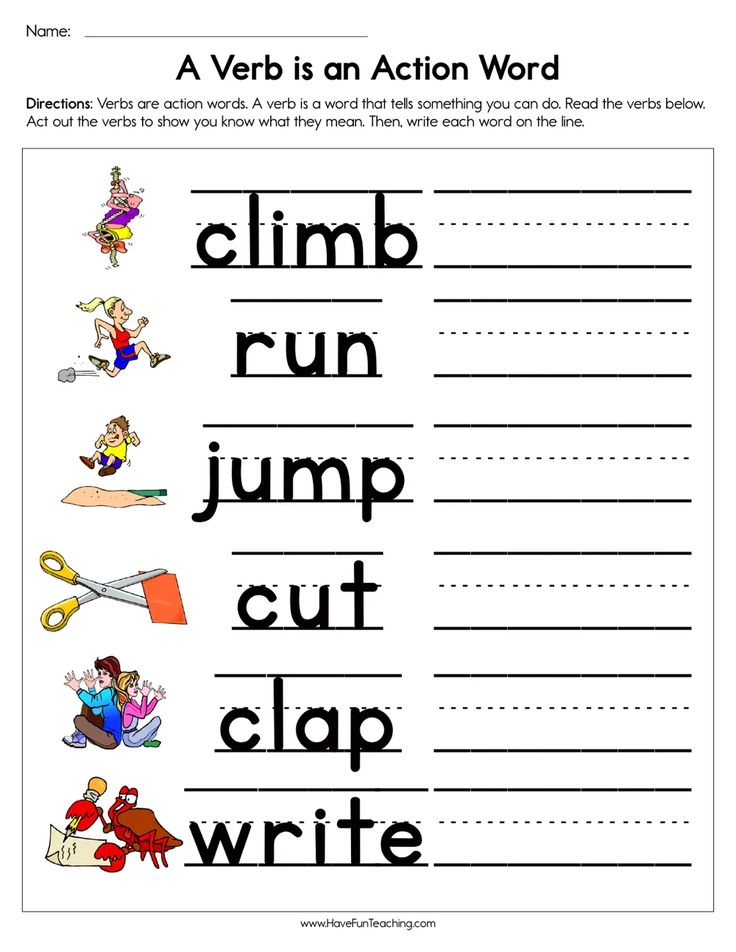
English proficiency test
This English proficiency test was compiled by the Skysmart online school tutors. They prepared fun and relevant tasks on modern topics to make the test both useful and interesting
How a parent can practice English with a child
Surround your child with English. Integrate English speech, individual words into everyday life. When preparing dinner, name the ingredients. On a walk, describe the objects you encounter in English. When asking your child to do something, use basic English verbs (look, take, sit).
You will be very surprised when you realize that your child does not need translation - the meaning of any word becomes clear from the context. Of course, for this you need to have basic knowledge. If you do not know English at all, then this will be an excellent reason for you to make sure that not only a child, but an adult can learn anything through the game.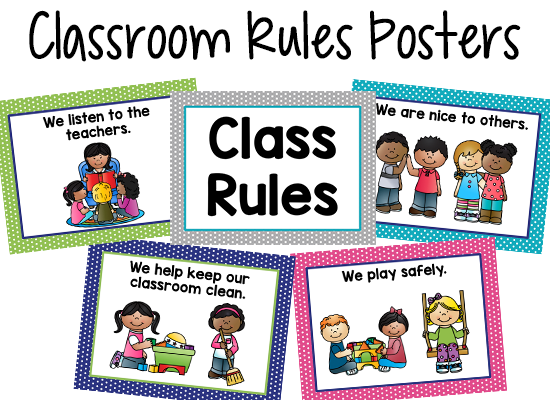
Get large jingle dice with English letters and flashcards with words. Children adore such cards, bright pictures contribute to quick memorization.
Do not start with the alphabet. Many are accustomed to the fact that learning any language begins with the alphabet. Parents can now exhale - this routine and really stressful part can be skipped. Why not learn the alphabet?
Reading in any language begins with mastering sounds and then syllables. It makes sense to teach whole words with the child so that he easily and naturally gets acquainted with the variations of sounds. The alphabetically learned "h" does not correlate with the pronunciation of the word "hippo". It is unlikely that you will be able to explain to a three-year-old kid why “hippo” and not “eychipo”.
Therefore, memorizing the letters of the alphabet distances the child from his first success in learning English, and parents from the motivation and fuse to continue learning.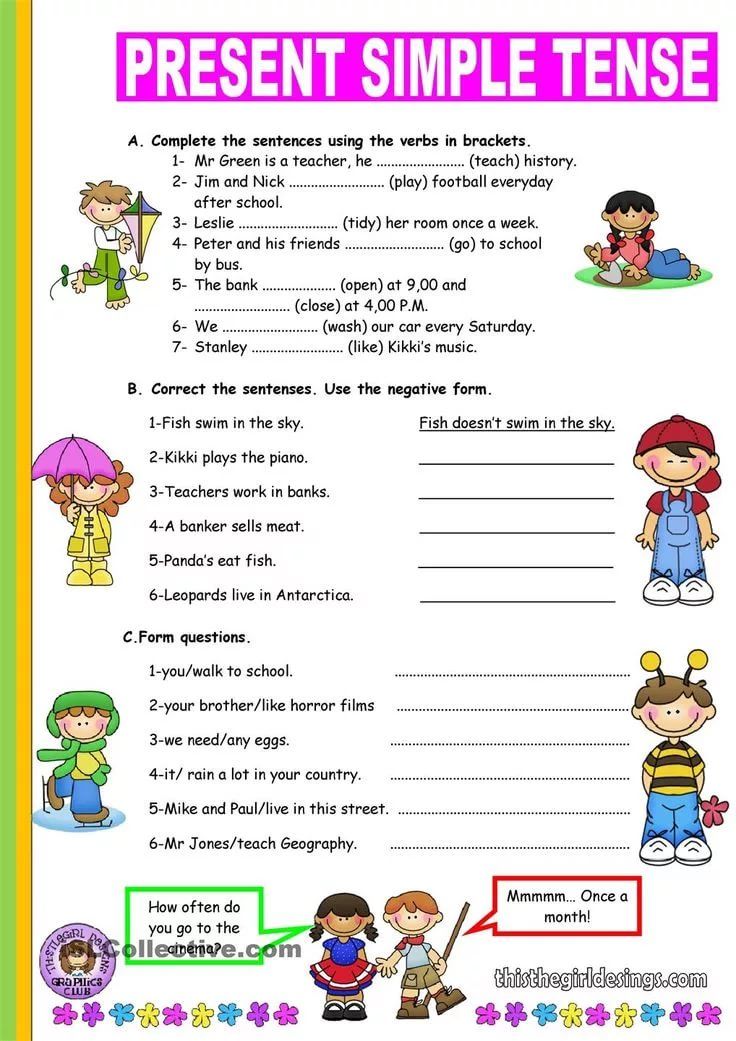 In addition, you can save a lot of money by ignoring the purchase of "speaking alphabets" and other useless and loud toys.
In addition, you can save a lot of money by ignoring the purchase of "speaking alphabets" and other useless and loud toys.
You can connect online games to the educational process from the age of four. But it is better at this age to focus on cartoons and songs. Here are some sites where you can find educational games for the little ones.
| Sites with games for toddlers Starfall. This is not just a site with a selection of games, but a whole portal where a child can learn to read, count, learn colors and grow their vocabulary - all in a playful way. Bright, colorful colors and large interactive buttons. Starfall has everything you need for the first step of learning. |
Online learning games are not the only way to help your child learn English. When they are tired or, on the contrary, carried away the child too much, songs come to the rescue in their most diverse variations.
Why is it necessary to sing with a child, and how can this help him learn English?
Singing songs and chants (short rhythmic chants) is an essential tool for teaching a more or less progressive teacher.
New words and grammatical constructions are learned much easier if they are accompanied by rhythmic music. The phenomenon of "learning" children's songs does not require special confirmation - is there anyone who does not remember the Russian Christmas tree born in the forest, or the overseas farmer MacDonald ia - ia - oh?
If suddenly you don't like or don't want to sing yourself, save links to resources where you can find a variety of songs and chants in English.
| Compilation of sites with songs and chants in English English Singsing. A YouTube channel with two million subscribers, where, it seems, there is everything to sing non-stop in English. The advantage of such songs is that each is accompanied by a colorful dynamic cartoon clip, which definitely cannot harm the learning process. Subscribe, sing, learn. Learn English Kids. There are many children's songs on the British Council, sorted alphabetically and by theme. A charming British accent in the performance can be considered a separate bonus - your child will definitely like this kind of English. Anglomaniacy. On the site you will find a selection of traditional children's songs in English. Here and the legendary ABC song and the old McDonald. In general, it's like a collection of songs from Soviet cartoons - a golden collection. Little Treehouse Nursery Rhymes and Kids Songs. |
If you have already played and sung enough, you can move on to watching cartoons. For us adults, learning English through TV shows is exciting. Why not try the same thing with a child, but instead of serials, include cartoons. The effect is one to one and even better.
Finding the right cartoon that can captivate a child is not an easy task.
It's great if it will be a whole animated series with regular characters. A familiar character on the screen will help the baby focus more on his speech, and not on his appearance.
In order to achieve the desired educational effect from watching, record the knowledge gained after each watched series. It is advisable to limit the number of episodes viewed in a row.
For a 3-4 year old child, 15-20 minutes is ideal timing. After each series, ask the child about what they watched, ask them to repeat familiar and new words they heard. If there are blocks, ask the child to collect these words.
After each series, ask the child about what they watched, ask them to repeat familiar and new words they heard. If there are blocks, ask the child to collect these words.
Operate not on the principle of quantity, but on the principle of quality. It is important that the child not only learn the words, but also actively use them in speech.
| English Cartoon Resource Collection SeeZis Kids The site contains a lot of cartoons, where in the course of the story the child is asked to perform some actions: count the monkeys, repeat after the hero, etc. KidsFirstTV YouTube channel with tons of funny cartoons. The characters in the videos are often the same, which will help the child get used to them and concentrate on learning better. Super Why - Wild Brain A whole animated series where the characters get into different troubles. |
Let's summarize and repeat what needs to be done so that the child has fun and enjoys learning English.
How to study English with a child 3-4 years old
-
Play more with the baby, offering him a variety of types of games: from quiet, where perseverance and attention are required, to fast ones, where speed and reaction are needed.
-
Invite your child to join online education. Choose some exciting games from our selection and turn learning English into a real adventure.
-
Sing songs: the more the better. There are so many songs in our collections that any child will find something that he likes.
-
Watch cartoons with your child.
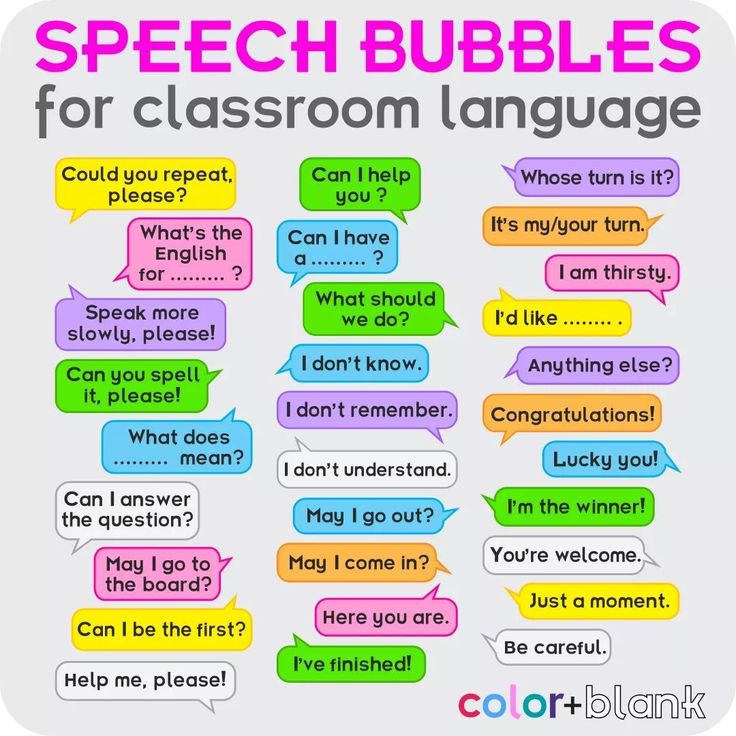 Pick up a few animated series in English that he will like and spend 15-20 minutes every day watching and the same amount to fix everything.
Pick up a few animated series in English that he will like and spend 15-20 minutes every day watching and the same amount to fix everything. -
Surround your child with English: insert the words he has learned into everyday speech. Ask the child to do something: bring a book, drink milk, walk the dog - all in English.
-
Maintain a balance between study and free time. Do not turn the child's acquaintance with the language into a routine - let the child form only positive associations with the subject. The school will get better anyway.
-
Don't compare your child's progress with other children's. It is better to praise and reward for small victories - the more motivation, the greater the progress in learning.
How many English words do you already know?
Let's define your vocabulary - without complex questions and with the help of smart algorithms.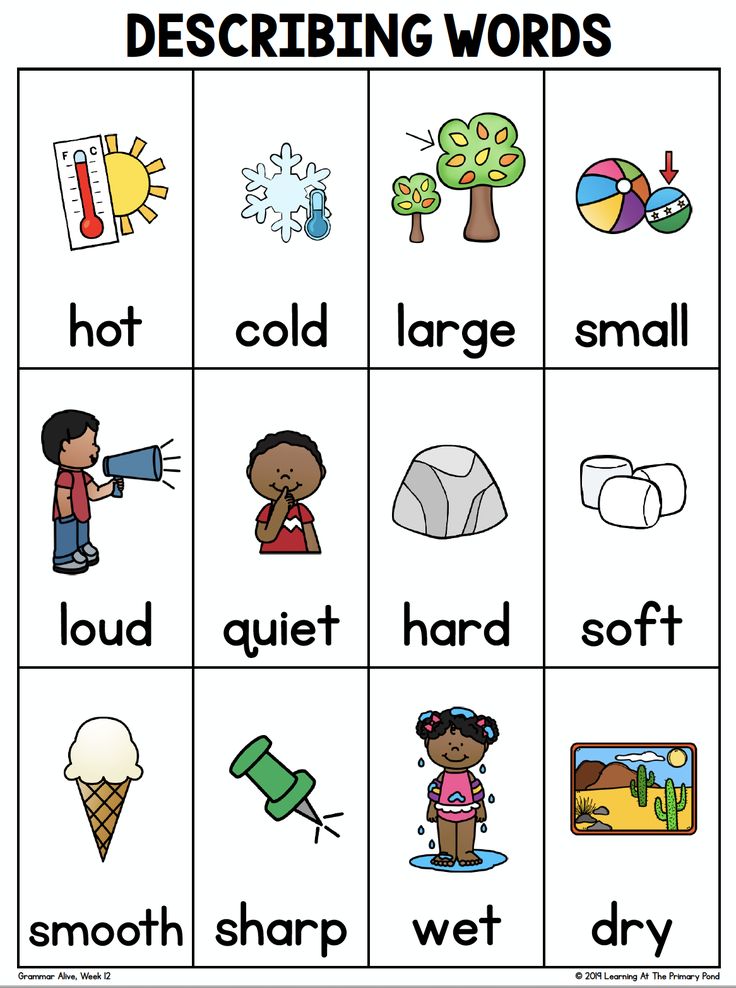
English for 5-7 year olds
Teaching English to a 5-7 year old child is not very different from teaching a younger child. The basic rules and techniques remain the same. The base is the game. Only in this way can a child at this age really effectively learn the material.
After four years, parents may start thinking about courses, language schools and tutors. During this period of development, the child experiences a great craving for communication with peers.
If a three-year-old child can perceive such a situation as hostile, then a six-year-old child, on the contrary, should have enough social interaction. In addition, courses and various language circles will help the child overcome the fear of speaking in a non-native language.
We all know firsthand what a “language barrier” is. The sooner a child gets used to communicating in English, the more likely it is that, growing up, he will only become more confident, getting into one or another language situation.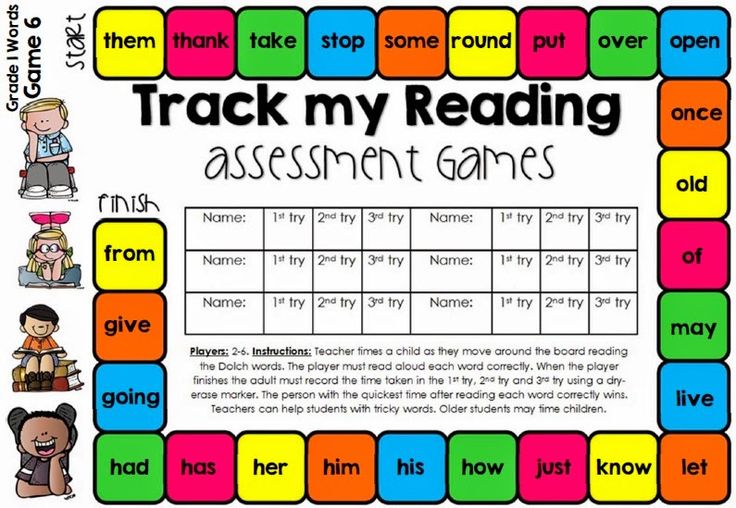
As a rule, if the study is started from the age of three, then by the age of 5-7 the child can already quite coherently express himself in simple sentences in English, understand simple speech and more or less correctly build grammatical constructions.
Such success should not be a reason to take a break or rest before starting school. You must be prepared that you will have to learn a second language, if not all your life, then most of it. Because the human brain has an unpleasant habit - to forget all the most necessary things very, very quickly if we do not use it in any way.
Continue to play with your child and integrate new words into everyday situations. You can play in different ways. Now many parents are leaning towards online education. There can be many reasons: lack of time, lack of confidence in one's own teaching talents, or simply a desire to dilute live classes with online learning games.
The myths around online education have been dispelled and refuted a long time ago.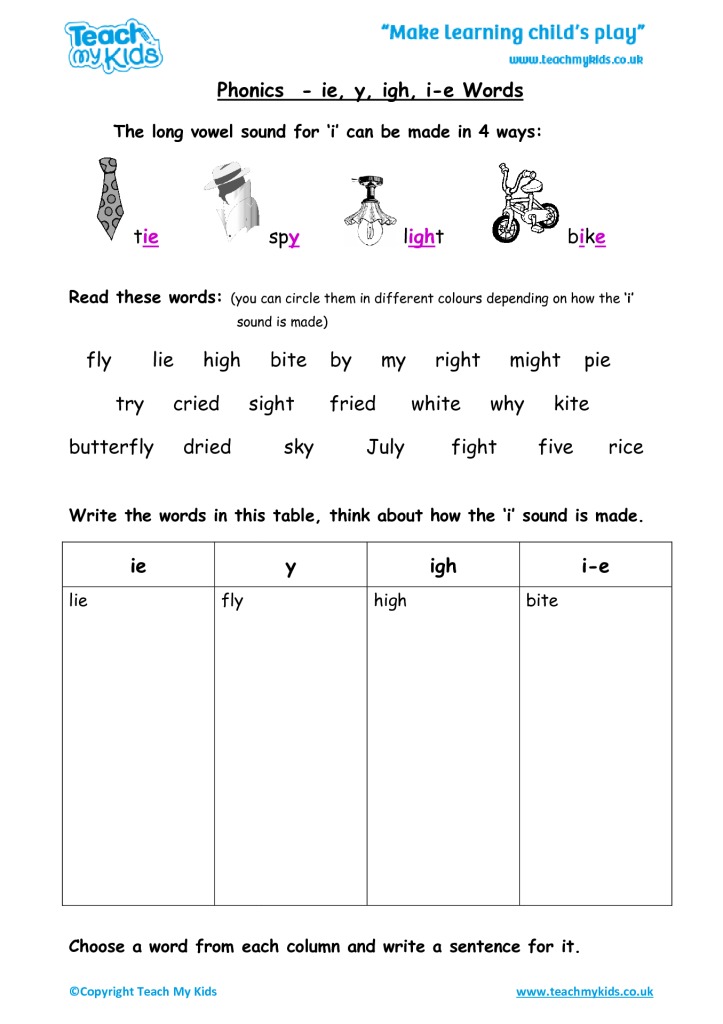 We know that as a means of development, online games are in no way inferior to communication between a child and a teacher.
We know that as a means of development, online games are in no way inferior to communication between a child and a teacher.
With the help of online resources, the child will easily learn to read and count in English, develop intelligence and logical thinking. The gameplay in educational games is arranged in such a way that in addition to the main skill (reading or counting), the child acquires secondary knowledge about the world around him.
At the same time, the issue of using gadgets to teach the youngest causes a lot of controversy. To strike a healthy balance between live learning and online education, keep gadget use under strict control. Limit the time your child spends in front of a screen. Do not forget to involve him in live outdoor games.
Also, don't forget to turn off in-app payments if your child is learning from a smartphone or tablet - this will help you avoid unplanned in-game purchases.
| Sites with games for learning English Games to learn English. Digital dialects. An excellent site for those who are taking their first steps in learning English. There are a total of 12 tasks on the site. It is assumed that each completed game should help to learn 10-15 English words. It is important that the lessons are designed in such a way that new words are not just memorized, but memorized correctly - next to each word there is a headphone icon, by clicking on which you can listen to how this word is pronounced. 2game. On the site you will find a lot of tasks. All of them are in English, but not all are aimed at learning. If you study the resource well, you can find a lot of educational games for the little ones. |
Of course, there are never too many games, but it is better to continue to alternate between online and live mobile lessons. You can also connect fine motor skills: ask the child to draw a number, letter or object. In the future, this will help him begin to write and memorize words.
It is assumed that at this age it is already possible to start reading books. Choose thin books with large print and colorful pictures. In this case, the more pictures, the better.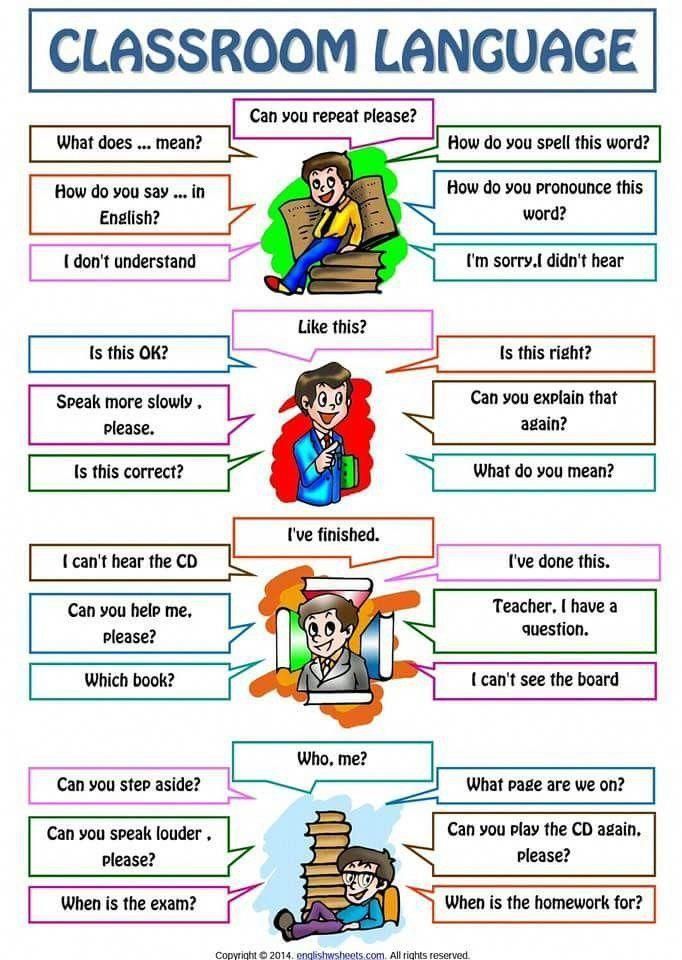 Read aloud, ask to repeat and retell. Reading is a process that forms new neural connections in the brain. It is unlikely that something more useful in learning a language has been invented so far than reading.
Read aloud, ask to repeat and retell. Reading is a process that forms new neural connections in the brain. It is unlikely that something more useful in learning a language has been invented so far than reading.
The older the student, the longer and more complex the cartoons they watch should become. From 15-20 minutes you can move on to 30. Choose such cartoons where the phrases of the characters become more complicated. The storyline should also become a little more complicated.
Free English lessons with a native speaker
Practice 15 minutes a day. Learn English grammar and vocabulary. Make language a part of life.
English for elementary school students
Usually a second language is taught at school from the second grade. But if you start studying earlier, by this time you can achieve good success: you can easily count to 20 and discuss the simplest topics.
If, at the age of eight, a child starts learning a second language from scratch, then it is worth adhering to all the same principles: games, songs, repetition.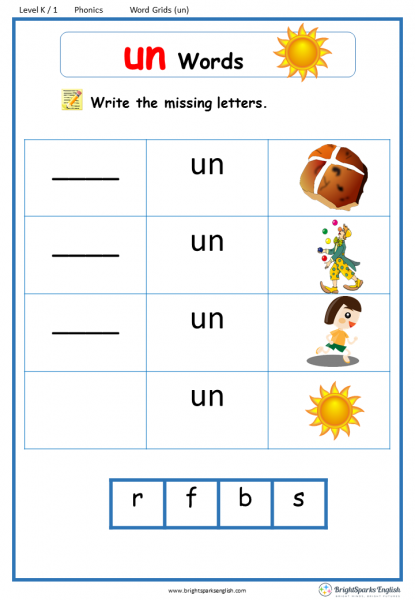
It is usually much more difficult to get a student interested in a subject - they have many other interests. At this stage, it is important to carefully integrate additional activities into the child's daily routine.
It is necessary to act as delicately as possible so as not to frighten off the student. Most likely, it will not be easy to explain to a second-grader why it is not enough for him to learn English at school and why he needs to study extra. So just keep playing.
At this age, it is worth paying more attention to reading, teaching the child to work with text. Gradually, the book should become thicker, and there should be more text in it.
If you decide to work with your child on your own, without a tutor, be prepared to figure out intensive reading on your own.
Intensive reading implies a detailed analysis of the text. So the child learns to clarify for himself incomprehensible places in the text, gets acquainted with grammatical constructions, learns to ask the right questions based on the content.
The text in a foreign language for intensive reading should be short and interesting. The longer the text, the less likely the child is to understand it to the end. Choose texts of this type:
- I am nine years old. I love all holidays. Birthday is my favorite holiday. My birthday is on the fifth of November. I usually have a party on this day. I invite my friends. We have much fun during the party. We eat cakes, sweets and ice cream. We play games. I get a lot of presents on this day.
| Answers to questions to the text should fully disclose the content of the topic
|
Find texts in English.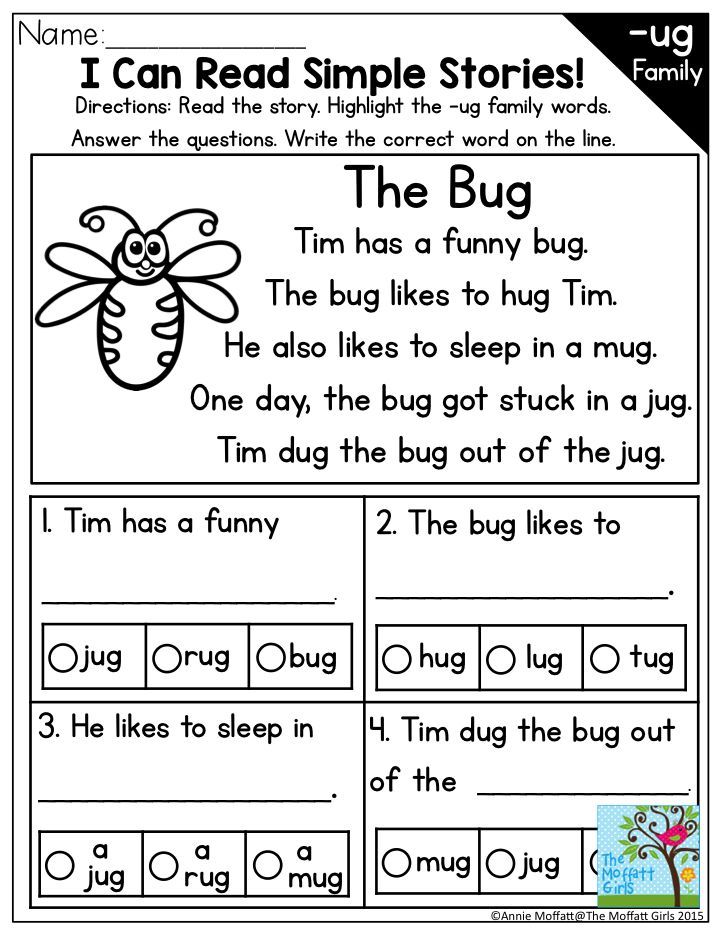 language to practice reading skills. For example, on the website of the British Council. Here we have collected a lot of interesting texts, distributed by difficulty levels. Each text is accompanied by pictures and exercises to reinforce reading comprehension. The child should be interested in working with texts of this format.
language to practice reading skills. For example, on the website of the British Council. Here we have collected a lot of interesting texts, distributed by difficulty levels. Each text is accompanied by pictures and exercises to reinforce reading comprehension. The child should be interested in working with texts of this format.
However, to develop reading skills, it is recommended to read on paper. For a long time, all possible experiments have been carried out that have proved the high efficiency of such reading. If there is no book with texts, then you can print texts from the Internet.
You can also use audio books to learn a foreign language. After reading the text, and then listening to it, the child will soon learn new vocabulary and will not get confused in the pronunciation of new words.
English demo
We will determine the level and set a goal, and then we will teach you to speak English fluently.
How to learn English with a child: recommendations for parents
It may seem that helping a child learn a foreign language is very difficult, but it is not. To make it bring only pleasure, follow some simple recommendations, and everything will definitely work out.
To make it bring only pleasure, follow some simple recommendations, and everything will definitely work out.
- Don't take language learning too seriously. Do not forget for a moment that this is just an exciting game in which there are no losers and winners.
- Your task is to captivate the child. He will do the rest himself.
- Use as many playing techniques as possible. Do not try to evaluate the material from the point of view of an adult. The more varied the games, the faster and more fun the child will learn. The same actions, albeit in the form of a game, will still one day turn into a routine and get bored.
- So support diversity. Connect surrounding objects, relatives, pets to educational games.
- Don't neglect online education. You can protect your child from gadgets for as long as you like, or you can learn how to benefit from them. The benefits of interactive online games have long been confirmed, so you should not be afraid of them anymore.
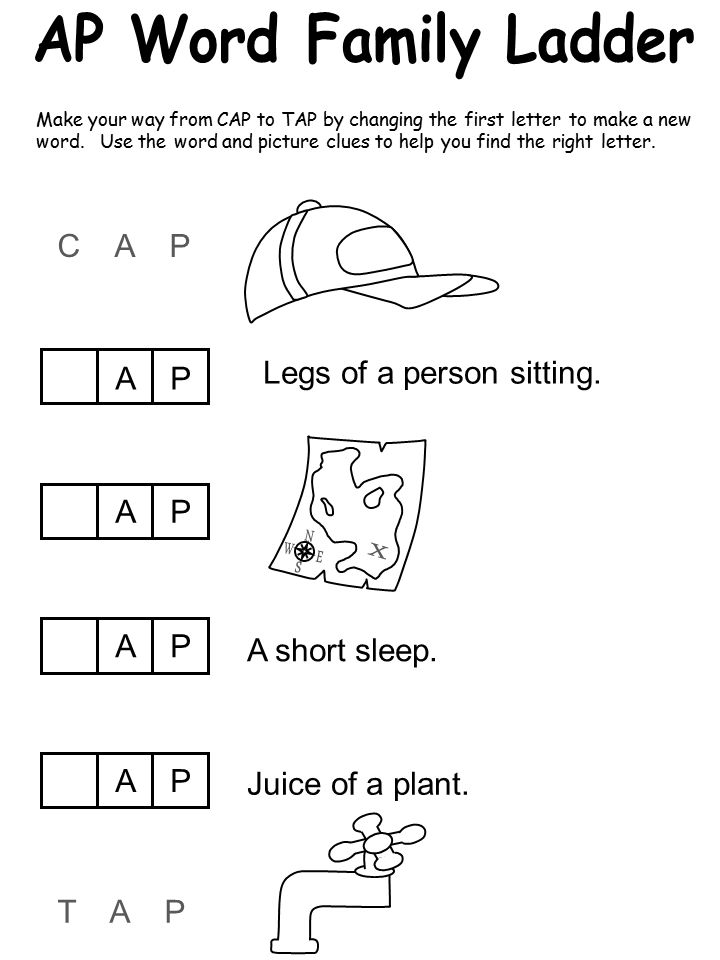 Choose games with your child, track the process.
Choose games with your child, track the process. - Online learning does not mean that the parent is not involved in the process. You should record the results, ask the child test questions and ensure that the learned words are used in speech.
- Track your child's progress. Buy or make your own large board that you can write on with colored markers. Children are arranged in such a way that in the “achievement-prize” combination, any information is absorbed better. However, it's not just children.
- To constantly feed the child's interest, start a prize fund. It doesn't have to be toys or candy. The prize can be stars cut out of paper. The joy of getting such a star is no less than the joy of candy, you'll see.
- Show your child cartoons in English. Let such viewing become a family tradition - support the baby in his occupation. Until the age of seven, children copy the behavior of their parents, so show your child an interest in English in every possible way.
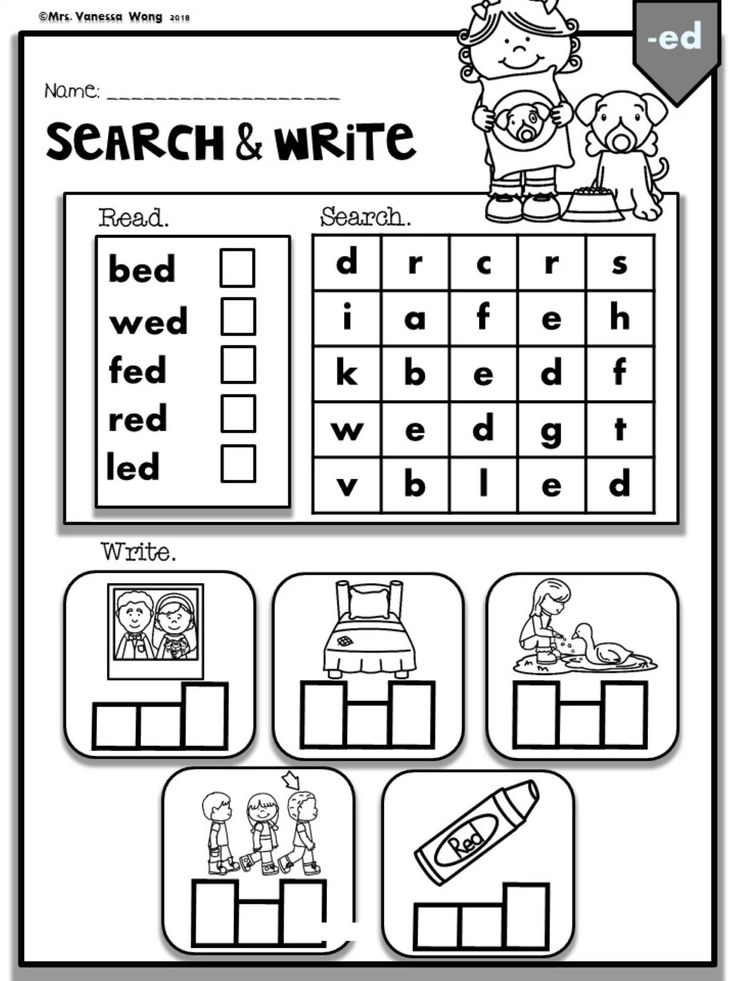
- Play the game "I see" in English. The rules are simple. Anywhere: at home, in a cafe, on a walk, say I see ... and name the objects around - house, car, dog. When you realize that the level of the child's English has grown up, you can add adjectives to the game: big house, red car, black dog. This is a very simple and incredibly effective game.
- If a word is unknown, a suitable flash card should immediately be at hand. A set of such cards can be bought at a bookstore or ordered online. Choose cards with colorful pictures and carry them with you, showing your child at every opportunity.
- Work on your pronunciation right away. Usually this point is missed, because there is an opinion that it is important to know grammar, and only pronunciation is a delight. It is better to take care of the correct pronunciation and correct intonations in advance, so that later your child, who has already grown up, does not have to painfully get rid of the “Russian English” accent for a long time.
 Moreover, the younger the child, the easier it is for him to remember and reproduce the intonations he hears.
Moreover, the younger the child, the easier it is for him to remember and reproduce the intonations he hears. - Songs will help with pronunciation. Sing with the child for so long until you are finally convinced that the work of songs is done. If for some reason singing does not give you pleasure, let your child choose songs to their liking on the YouTube channels that are in the selection above.
- To prevent all these points from getting mixed up in an uncontrollable mess, make a study plan. It is not necessary to make a strict schedule, where the day of the child is scheduled by the minute. A plan is needed to keep a balance in a child's life: play, learning, sleep and free time - everything should be comfortable for the child during the day. This rough schedule will also be useful for tracking your child's progress.
- At first, spend no more than 60 minutes a day with English. This time includes watching cartoons, online games and reading.
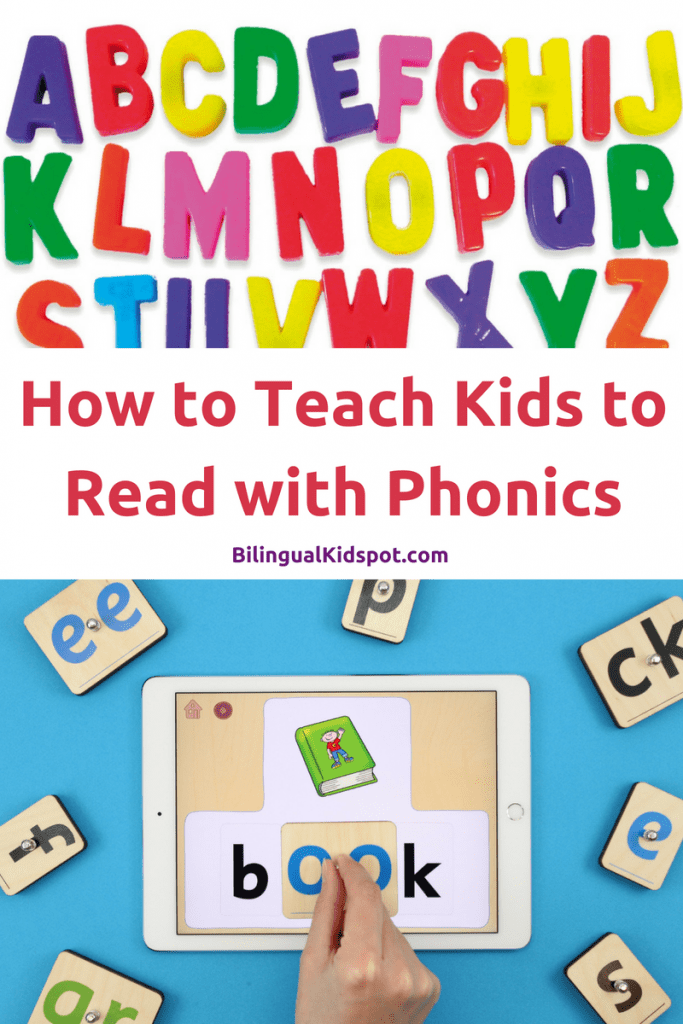 Moreover, all three aspects should not go one after another. It is better if there is a pause of half an hour or an hour while reading and watching a cartoon.
Moreover, all three aspects should not go one after another. It is better if there is a pause of half an hour or an hour while reading and watching a cartoon. - Be consistent. Only regular practice will bear fruit. In the end, you can stop treating the study of English as a study. Then the process will go much faster and more fun.
There are many pitfalls, subtleties and tricks in matters of teaching a child. Most often, behind the simple reluctance to sit down to English, there are many reasons that are far from the subject itself.
Education of a child is always education of parents. To make the process efficient and overcome all sorts of difficulties in interacting with a child who does not want to learn English, we offer a selection of books for parents.
These books are written simply and clearly, it will be not only useful to read them, but also interesting.

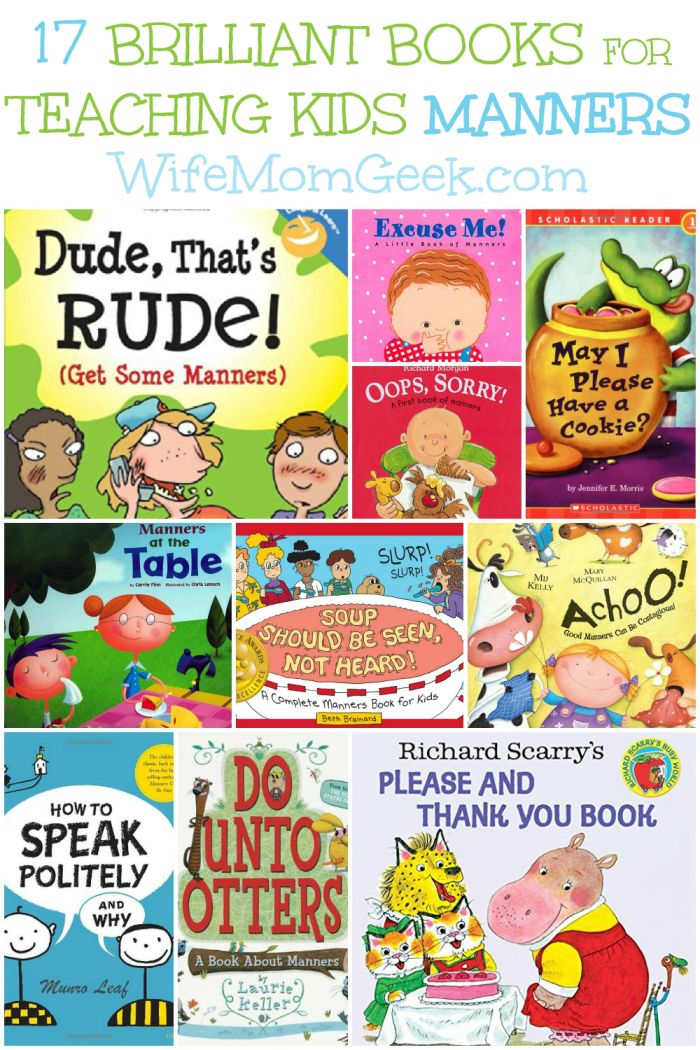 g.,
g., 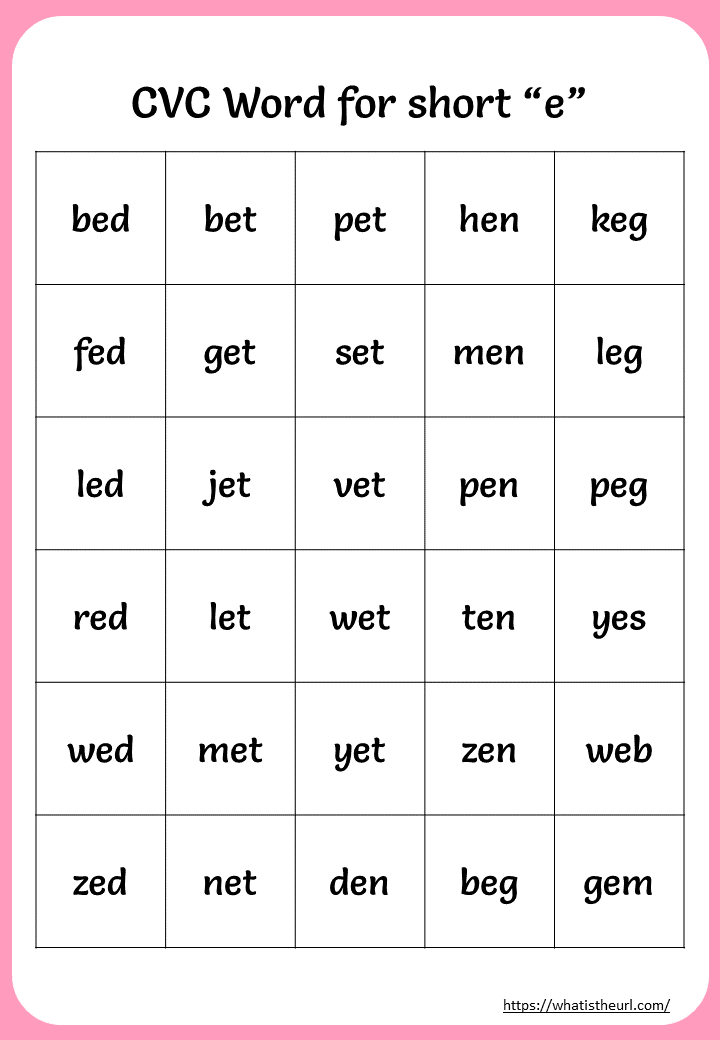
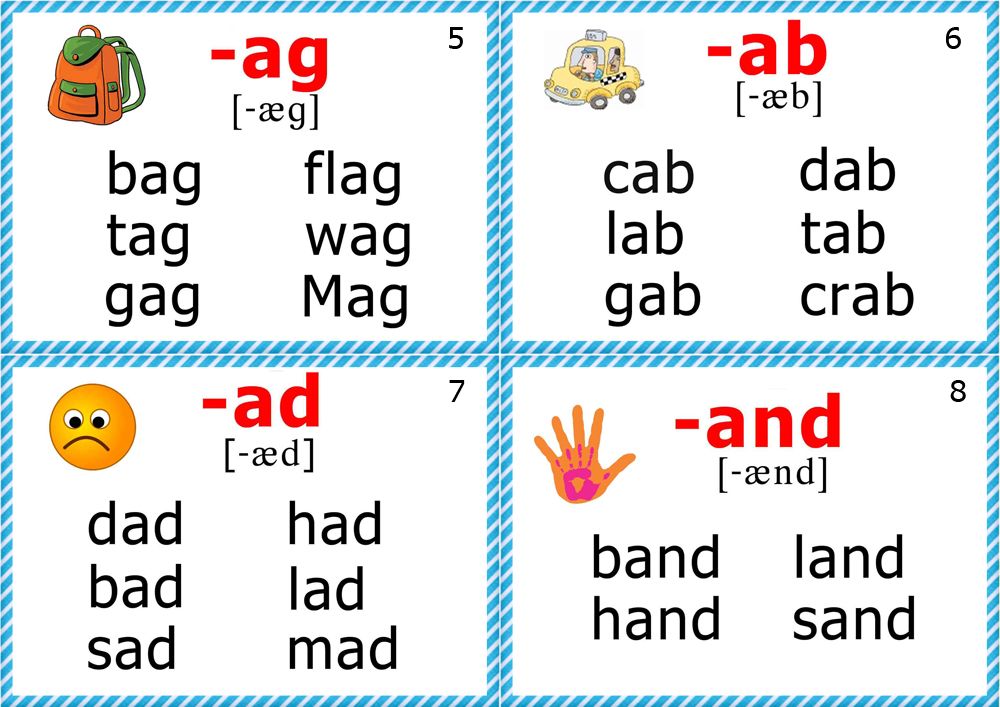 Another YouTube channel with comprehensive song material. Several thousand videos in which they sing without interruption. Parents, hold on.
Another YouTube channel with comprehensive song material. Several thousand videos in which they sing without interruption. Parents, hold on. 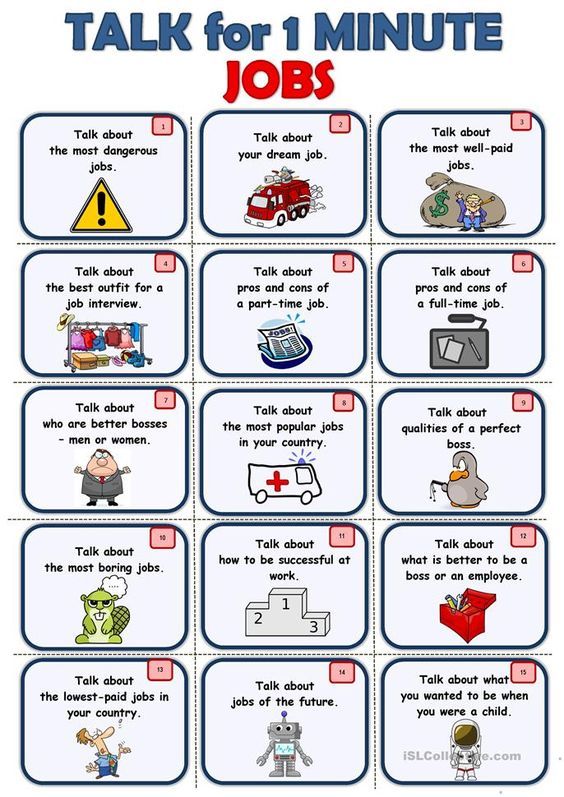 The child will have to help them solve many riddles, and at the same time learn a lot of English words.
The child will have to help them solve many riddles, and at the same time learn a lot of English words. 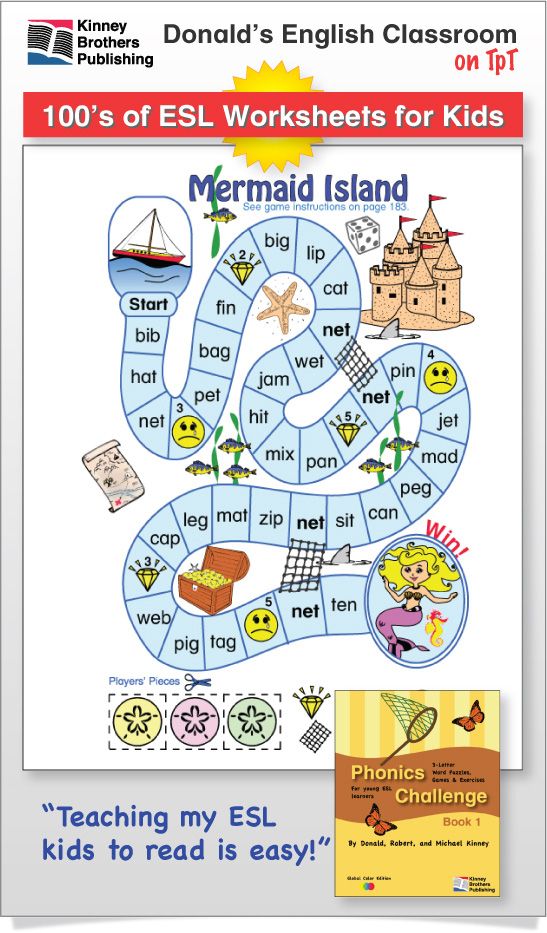 The site just has a huge number of flash tasks. All of them have different levels of difficulty, so you can easily choose the right ones. The main task of the selection on the site is to help learn as many English words as possible and master the basic skills of English grammar. Many games support download features to play offline.
The site just has a huge number of flash tasks. All of them have different levels of difficulty, so you can easily choose the right ones. The main task of the selection on the site is to help learn as many English words as possible and master the basic skills of English grammar. Many games support download features to play offline. 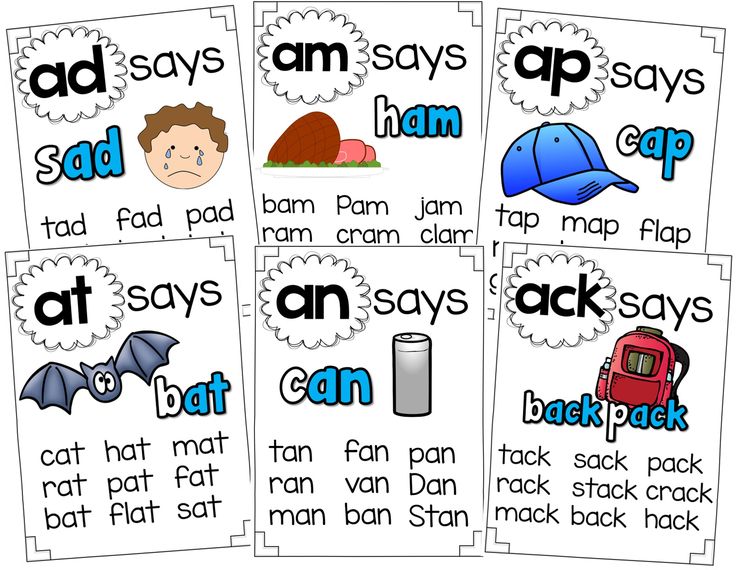 All games are divided into themes. You can choose games for girls and boys.
All games are divided into themes. You can choose games for girls and boys. 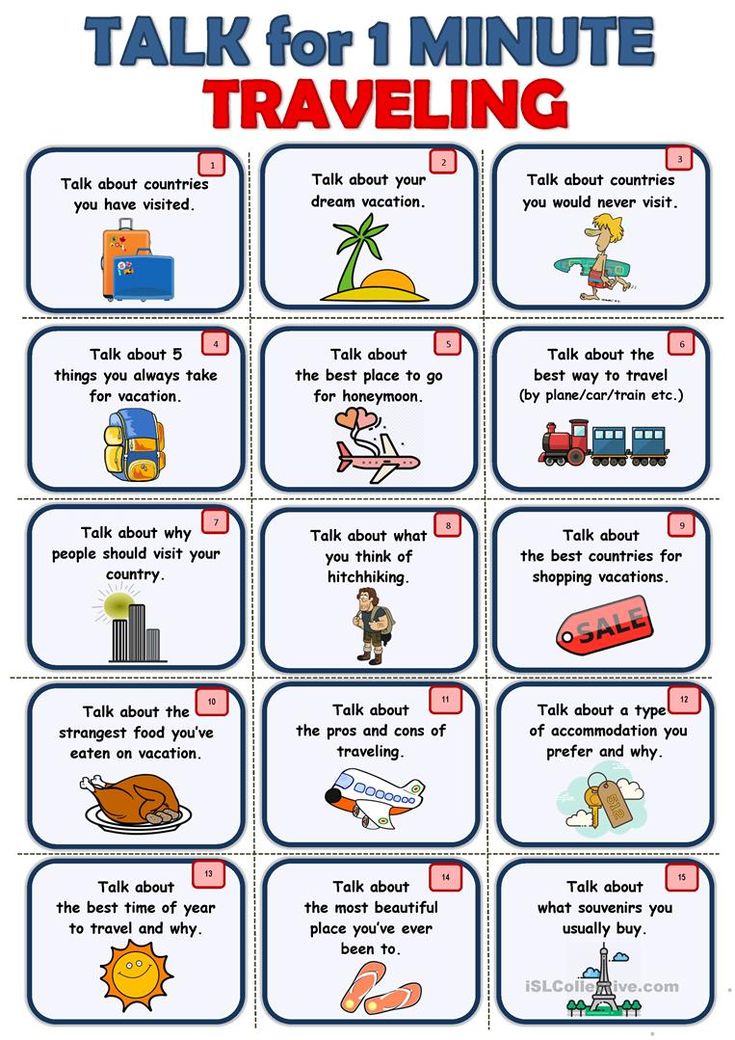 The author of the book is a psychiatrist. He talks about what it really is to fail in school. The book contains a lot of practical advice from Olivier Revol himself and other parents whose children were not enthusiastic about studying.
The author of the book is a psychiatrist. He talks about what it really is to fail in school. The book contains a lot of practical advice from Olivier Revol himself and other parents whose children were not enthusiastic about studying. 
